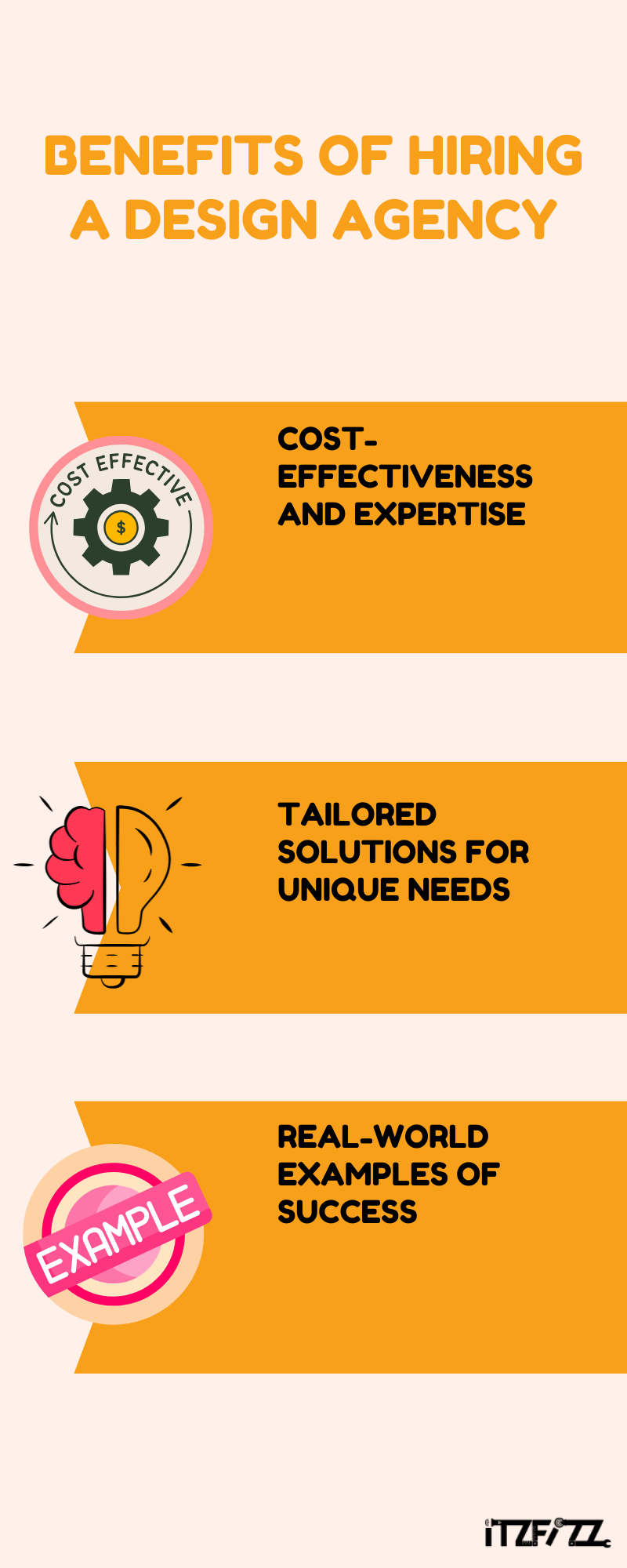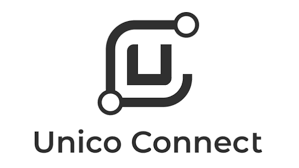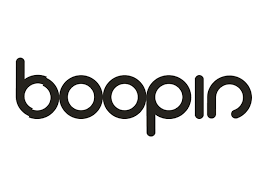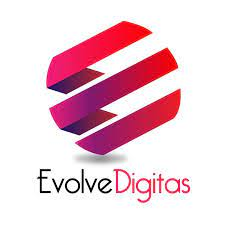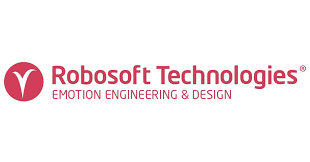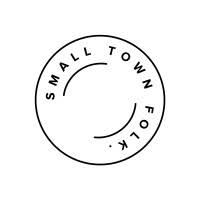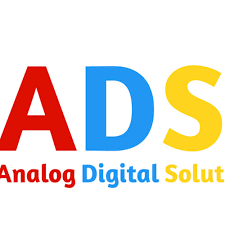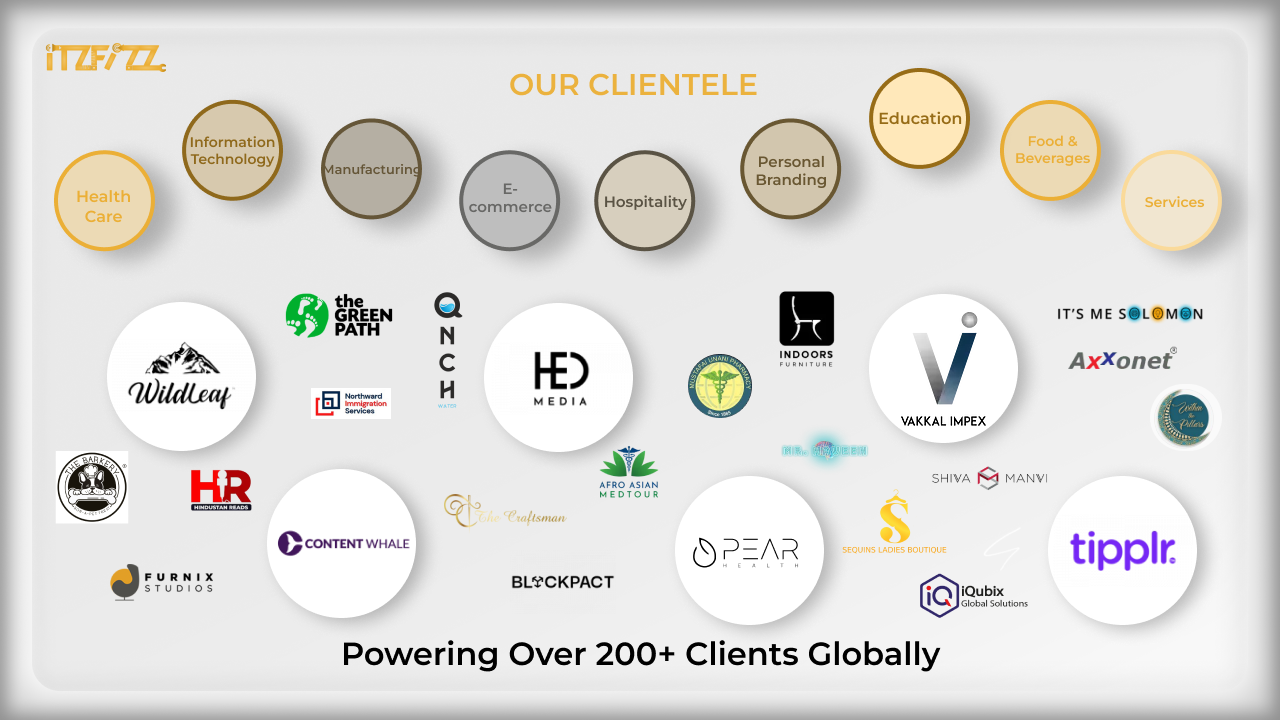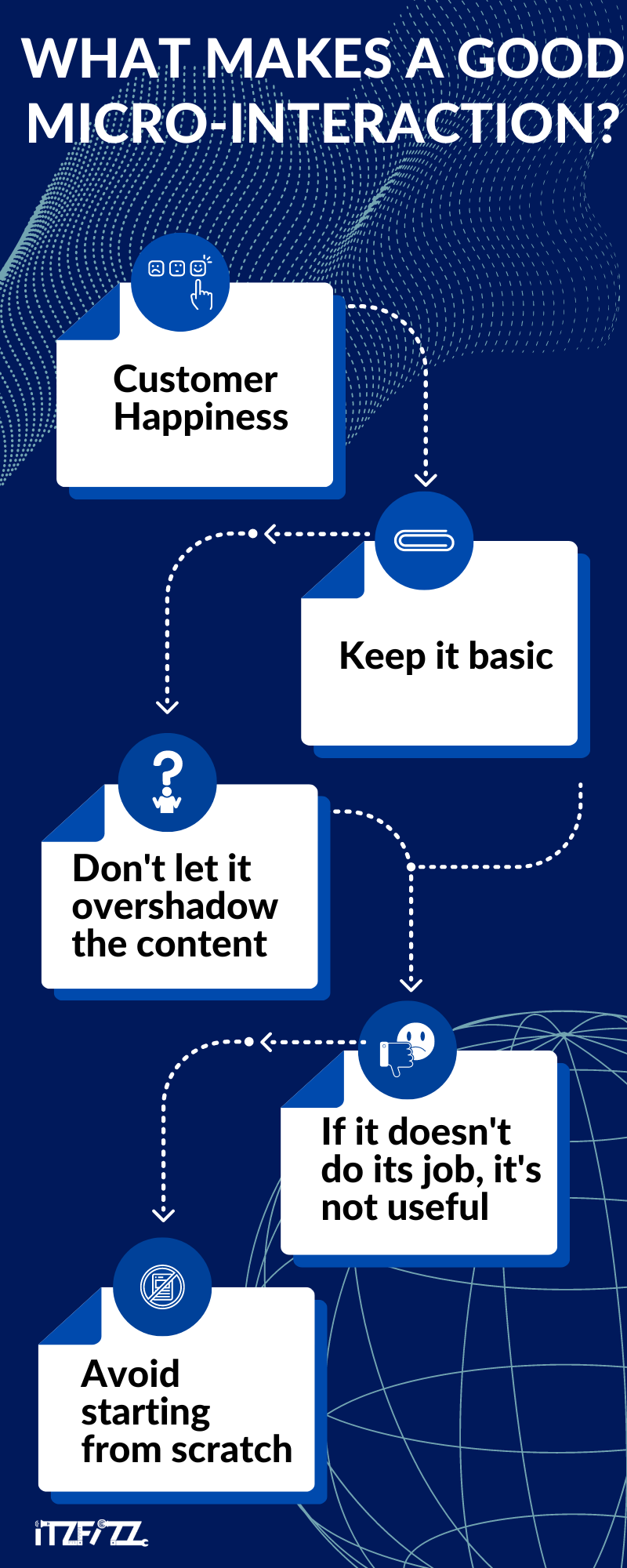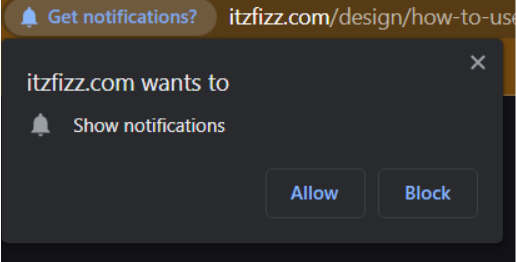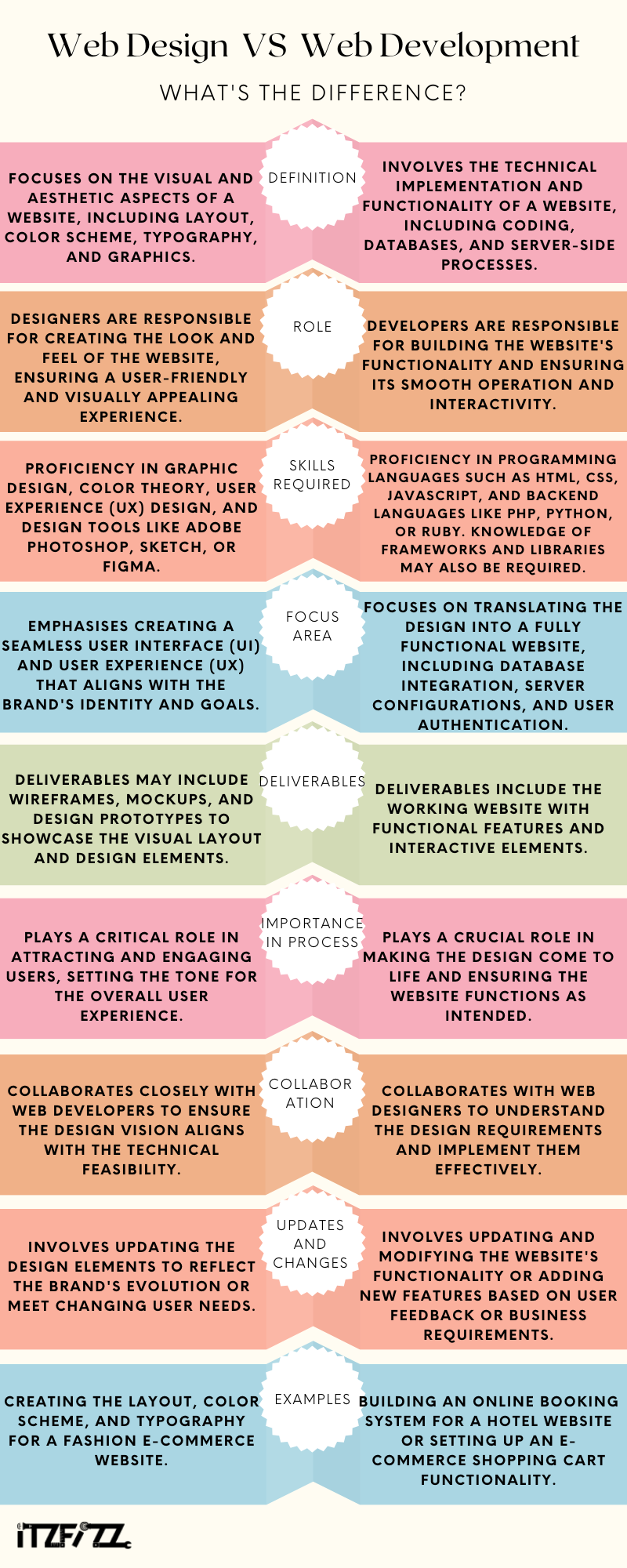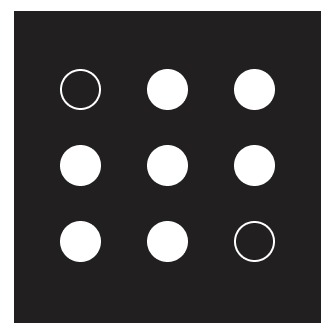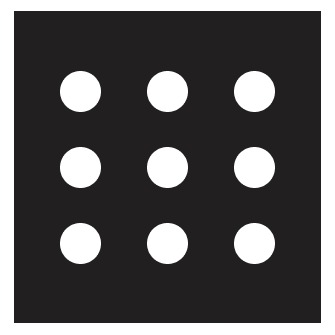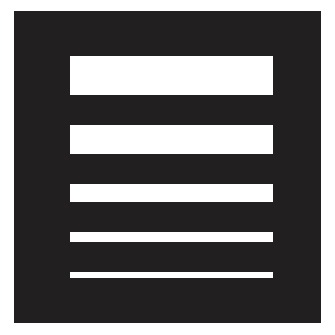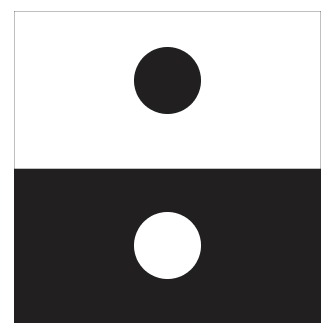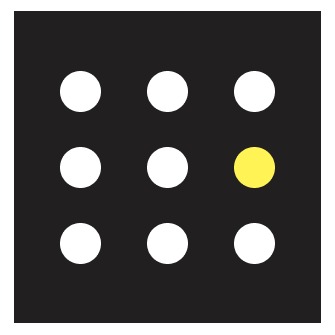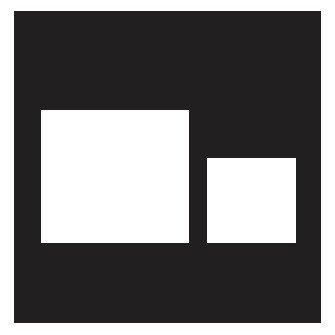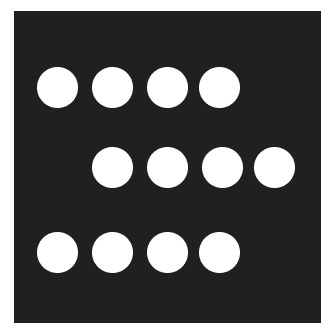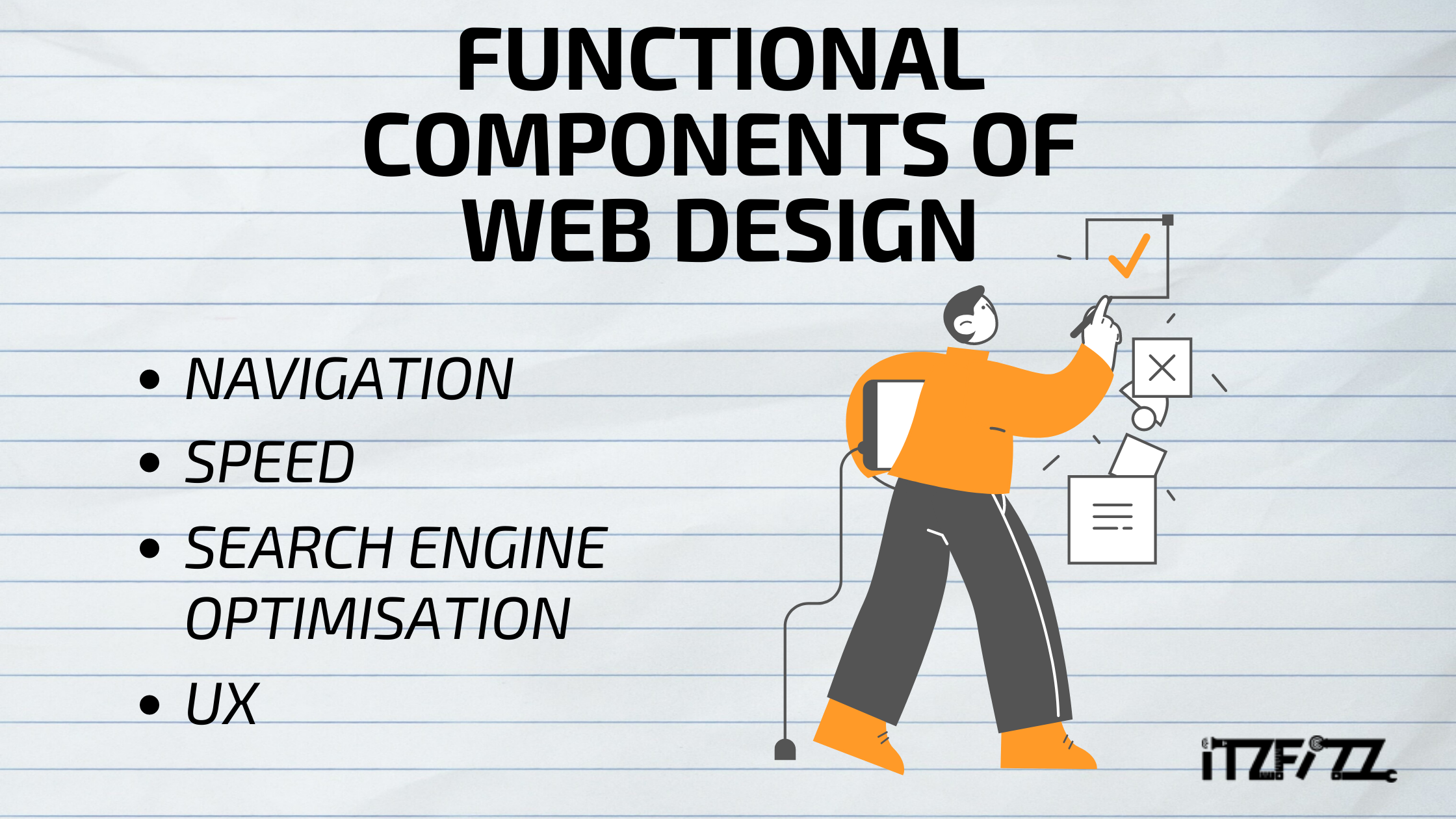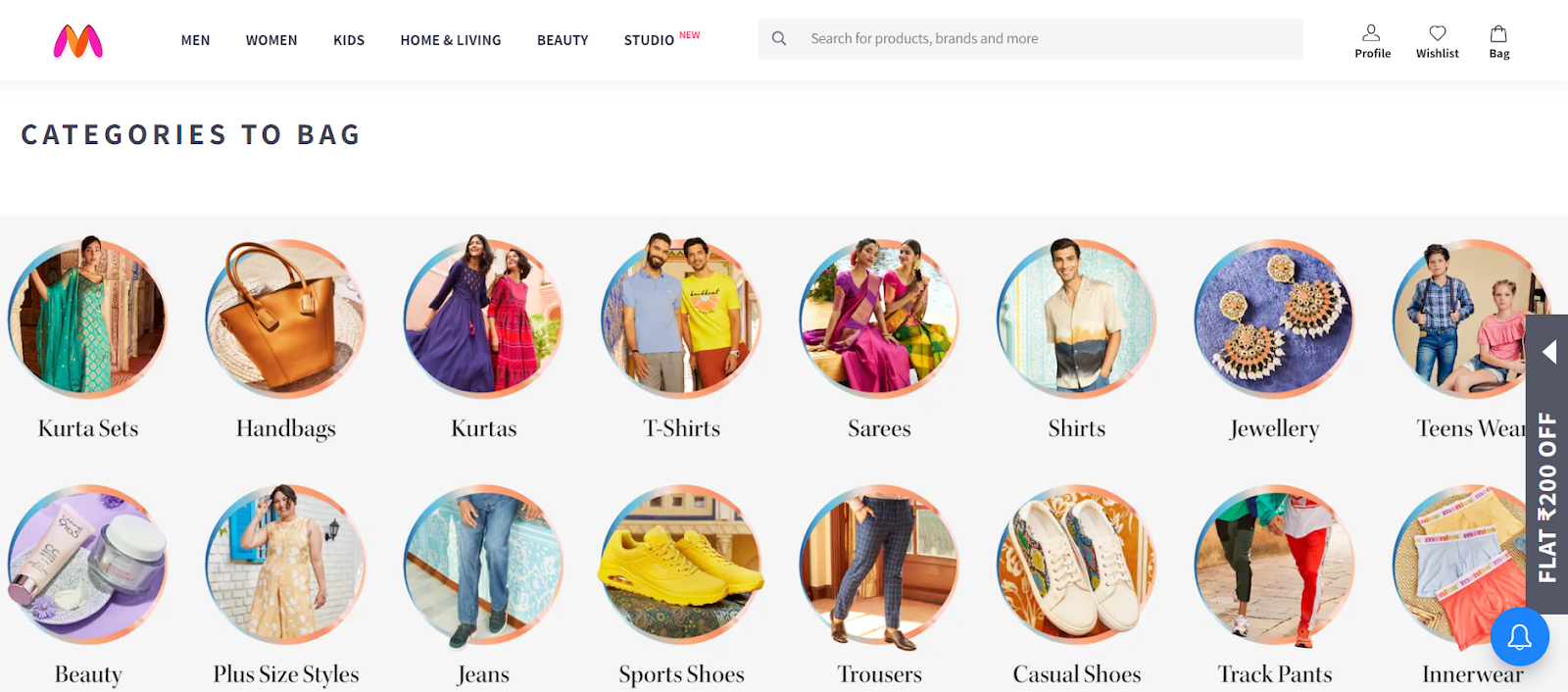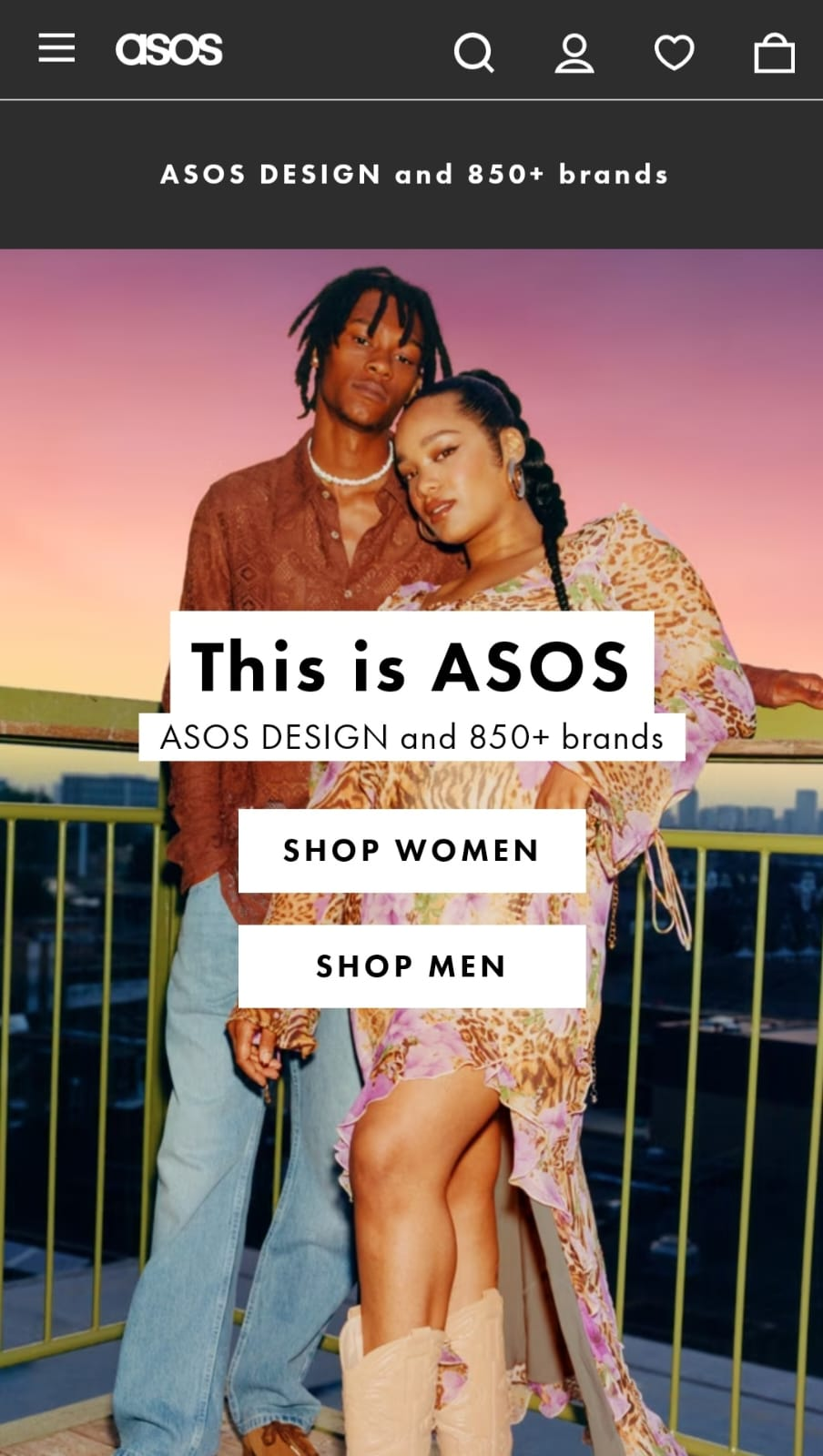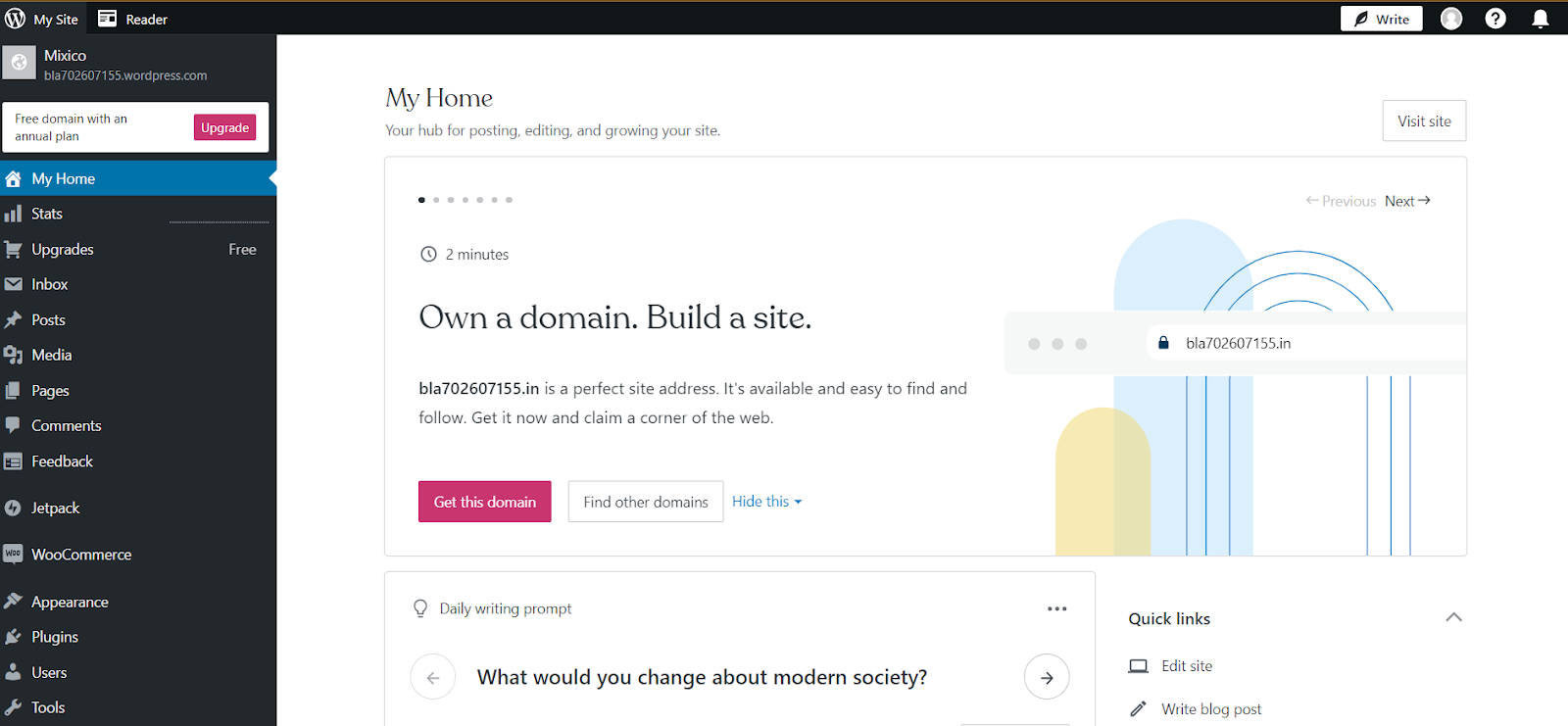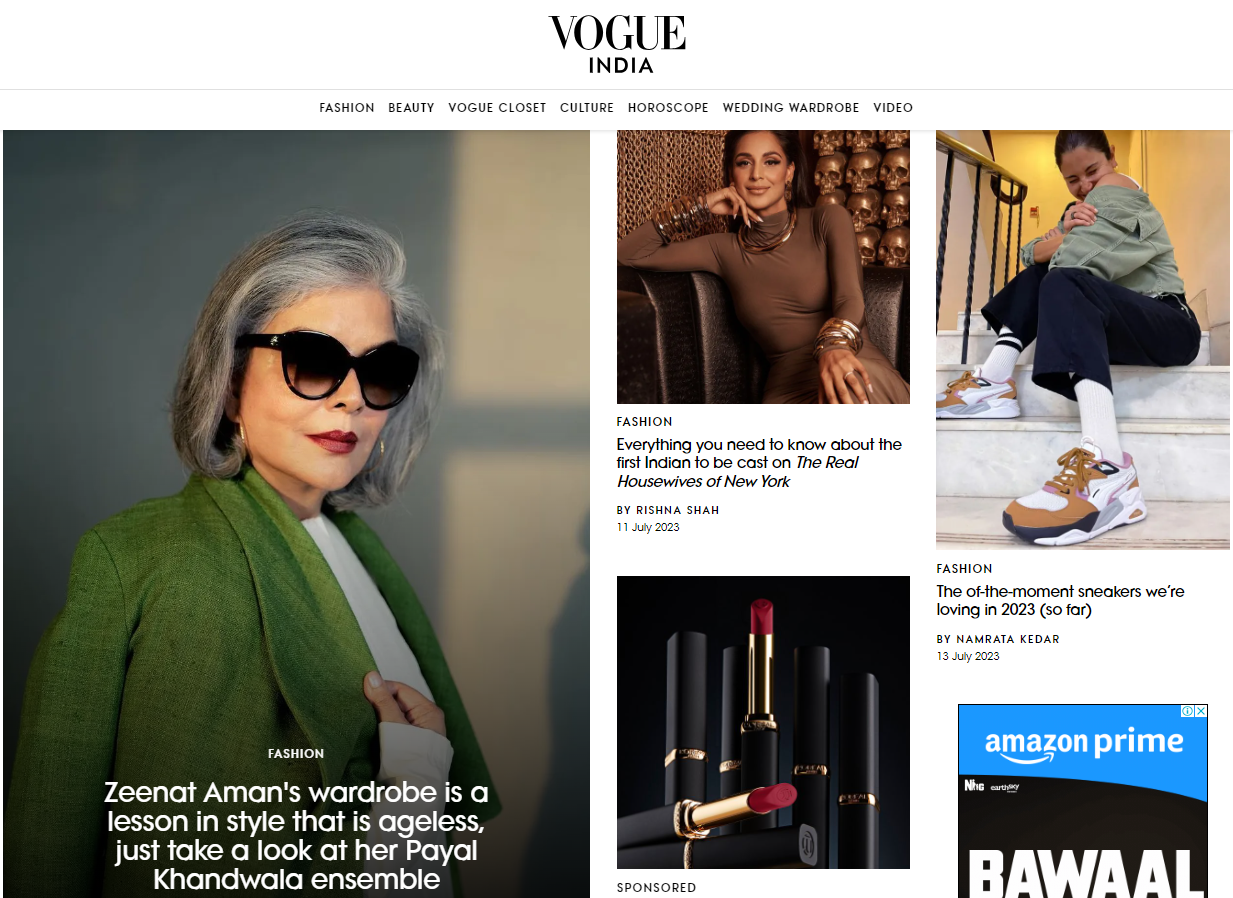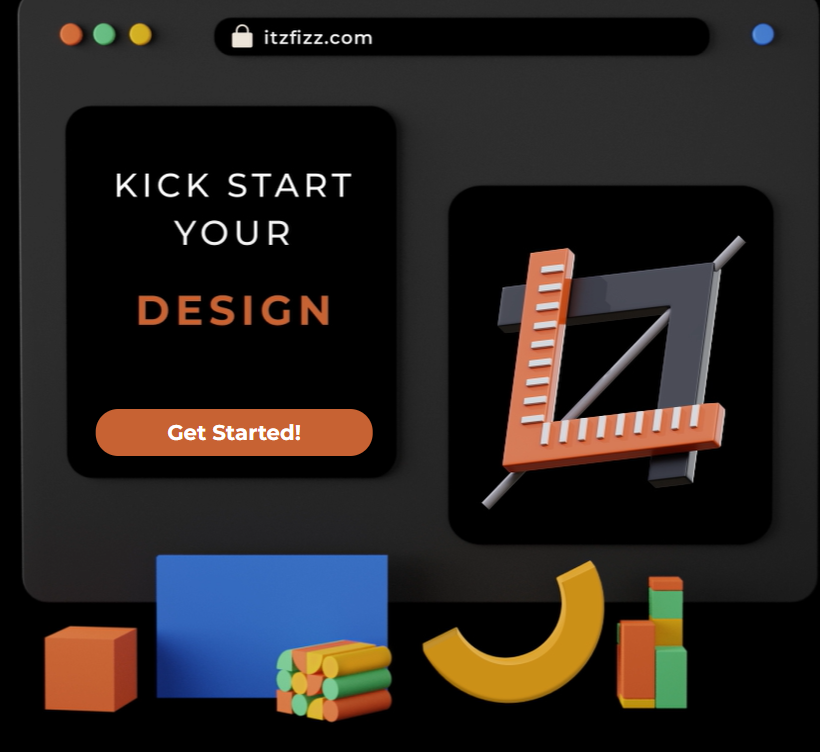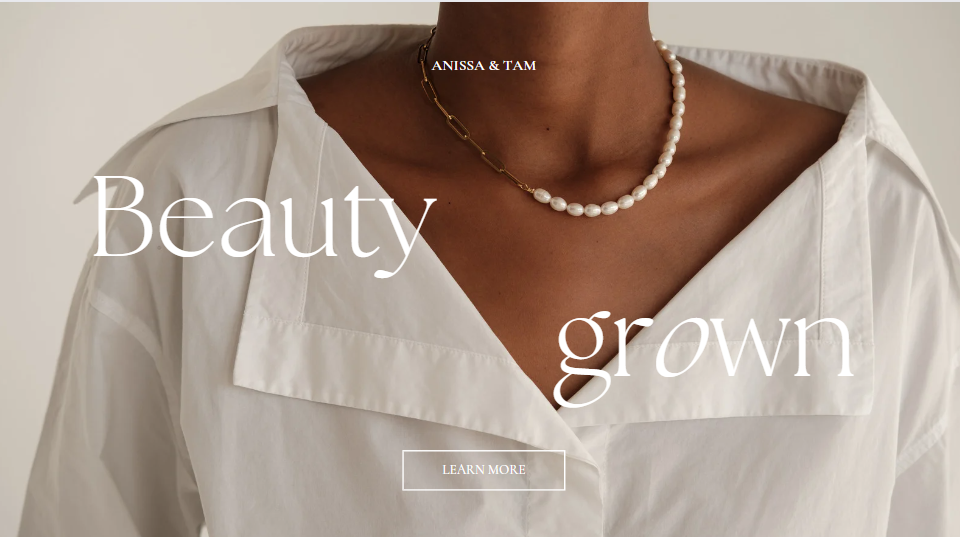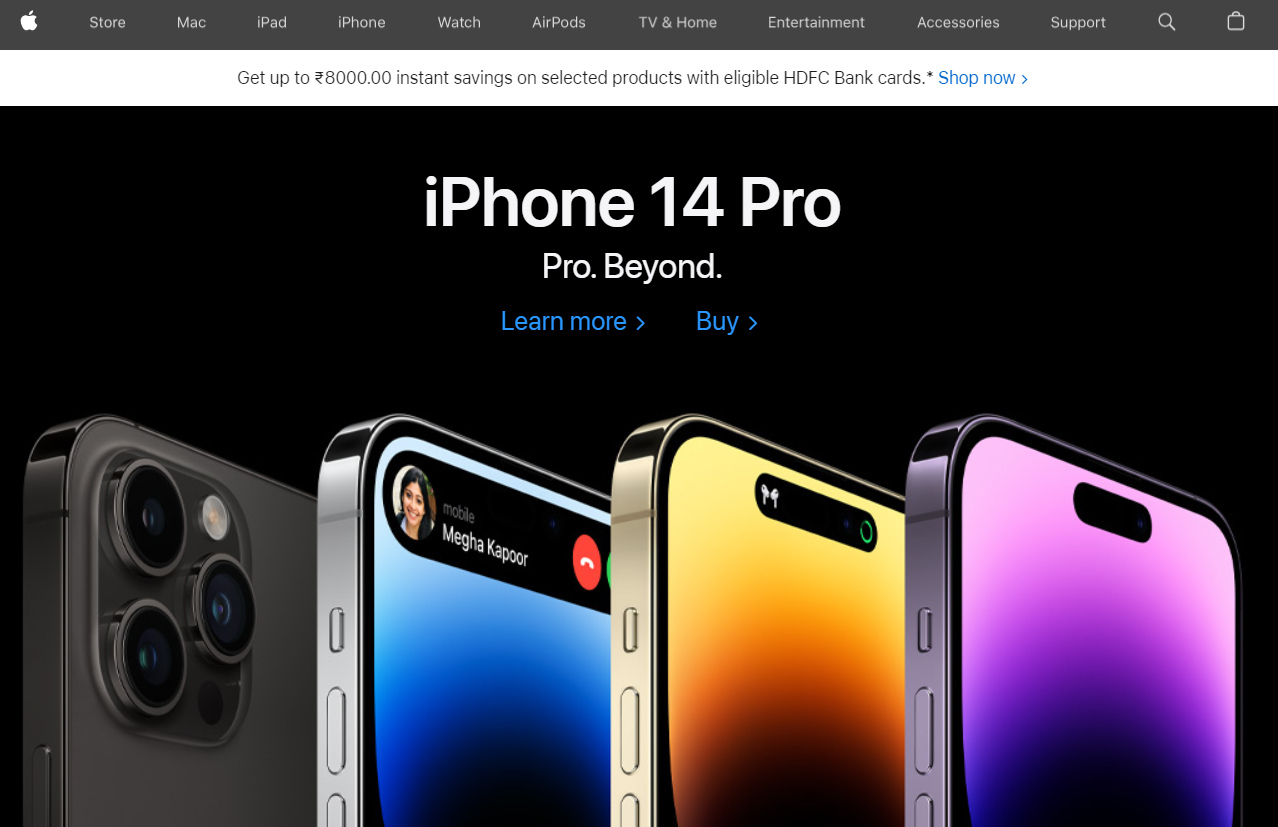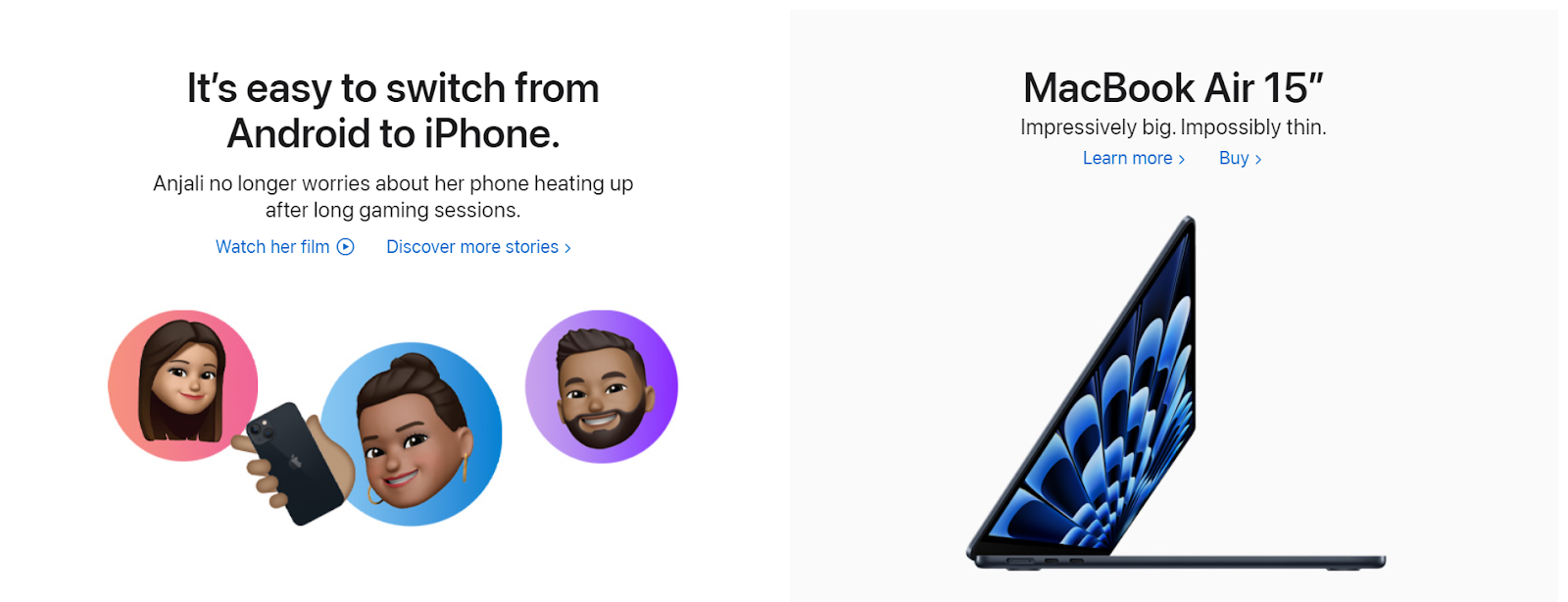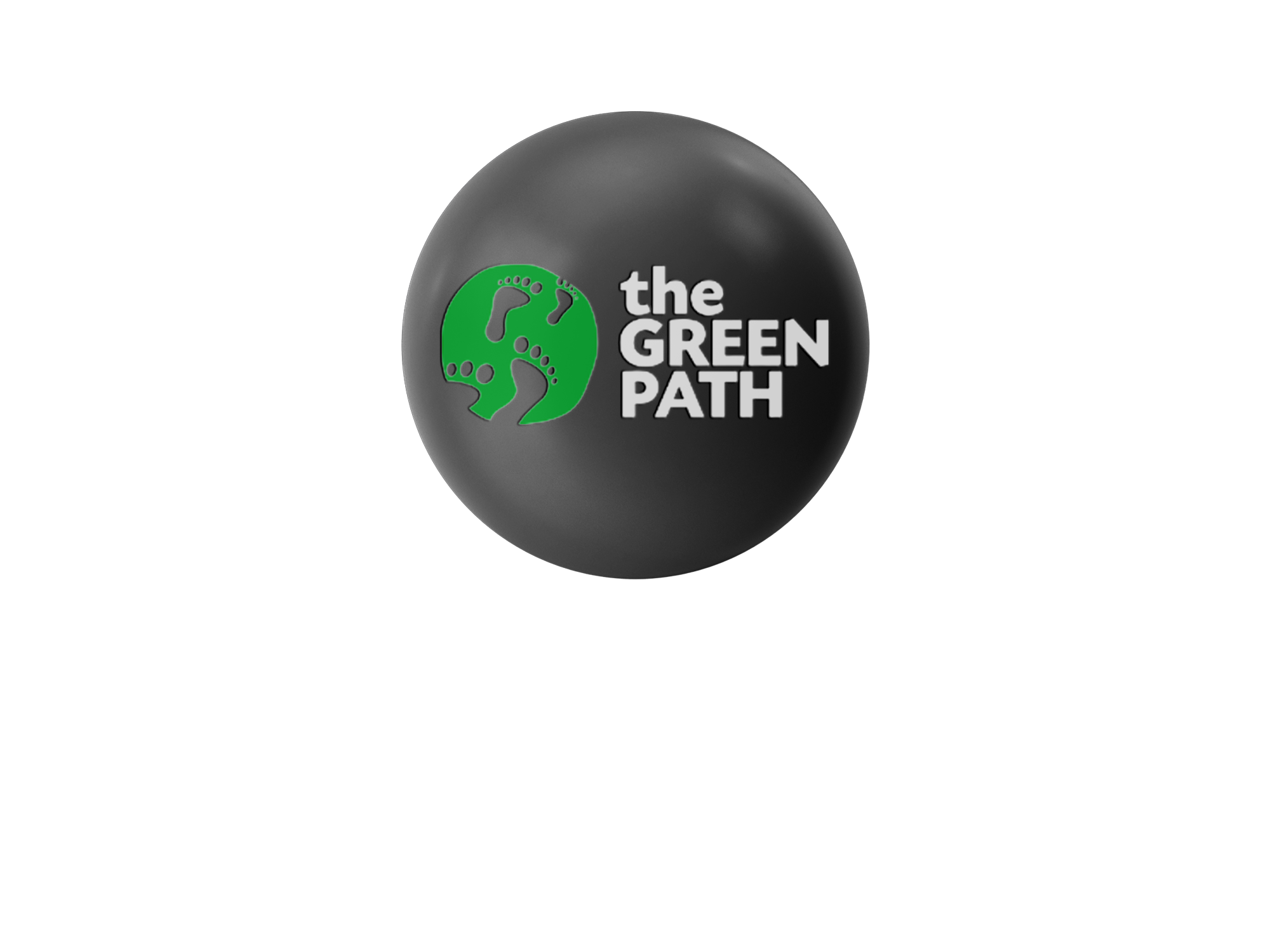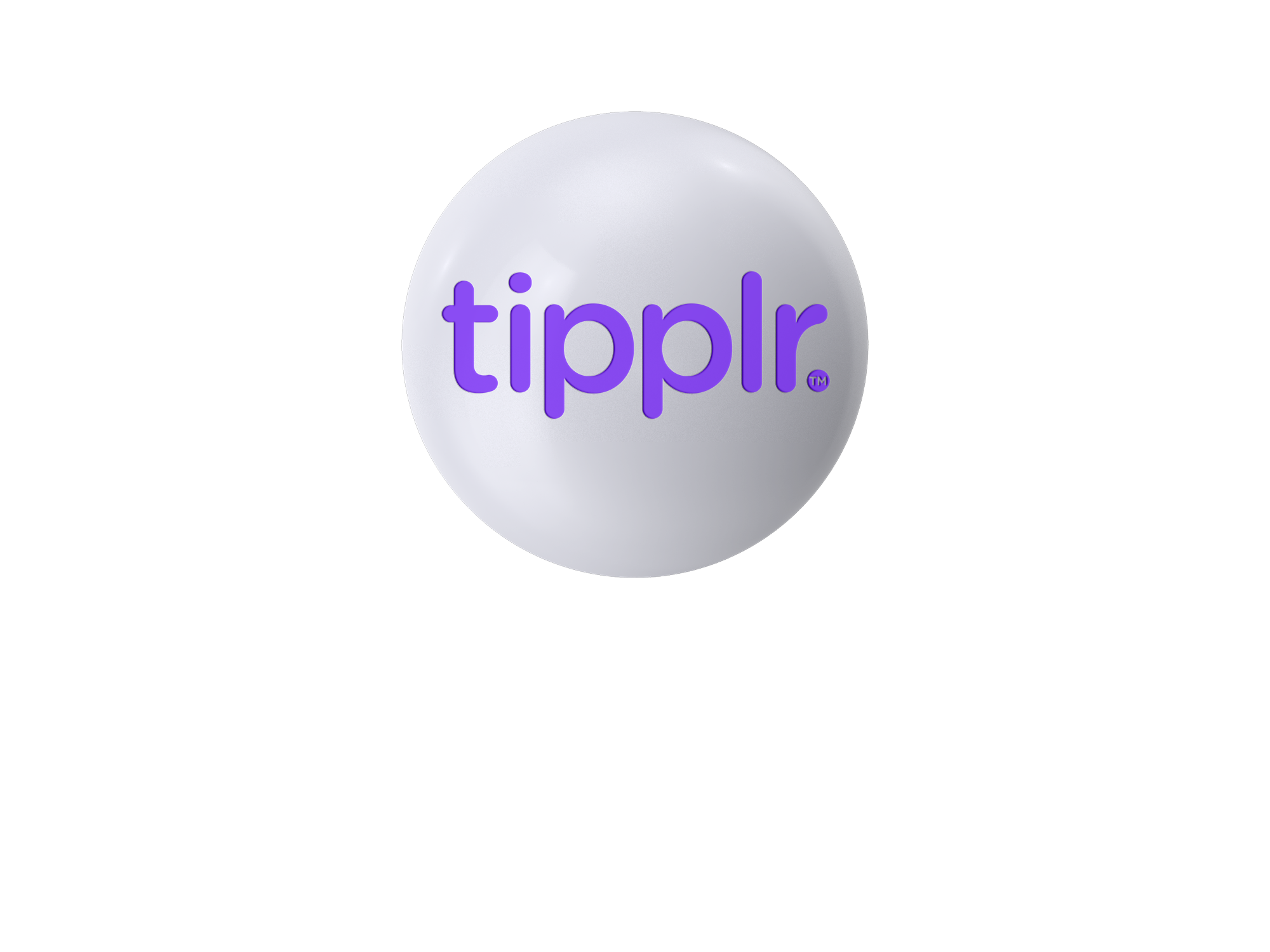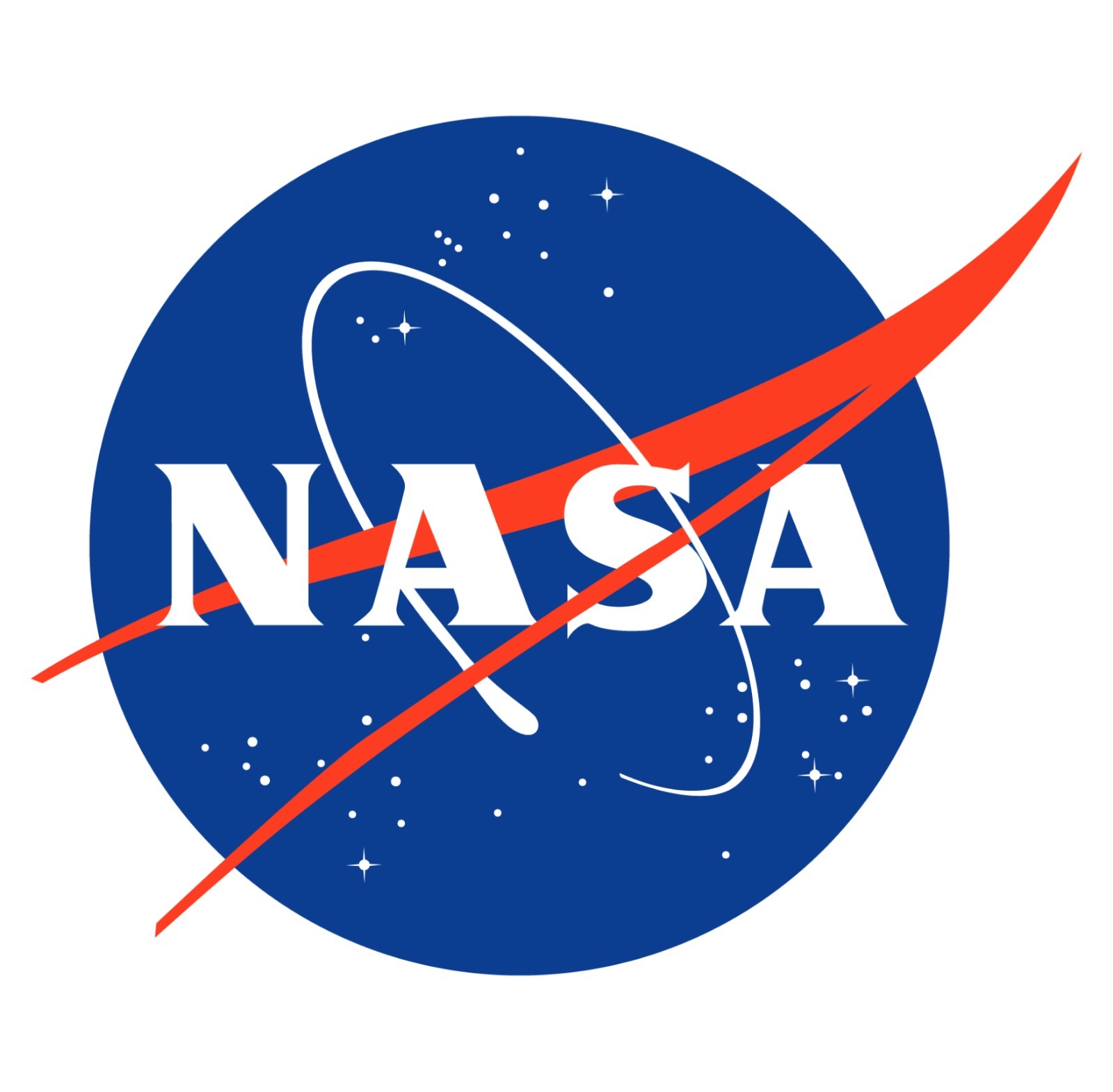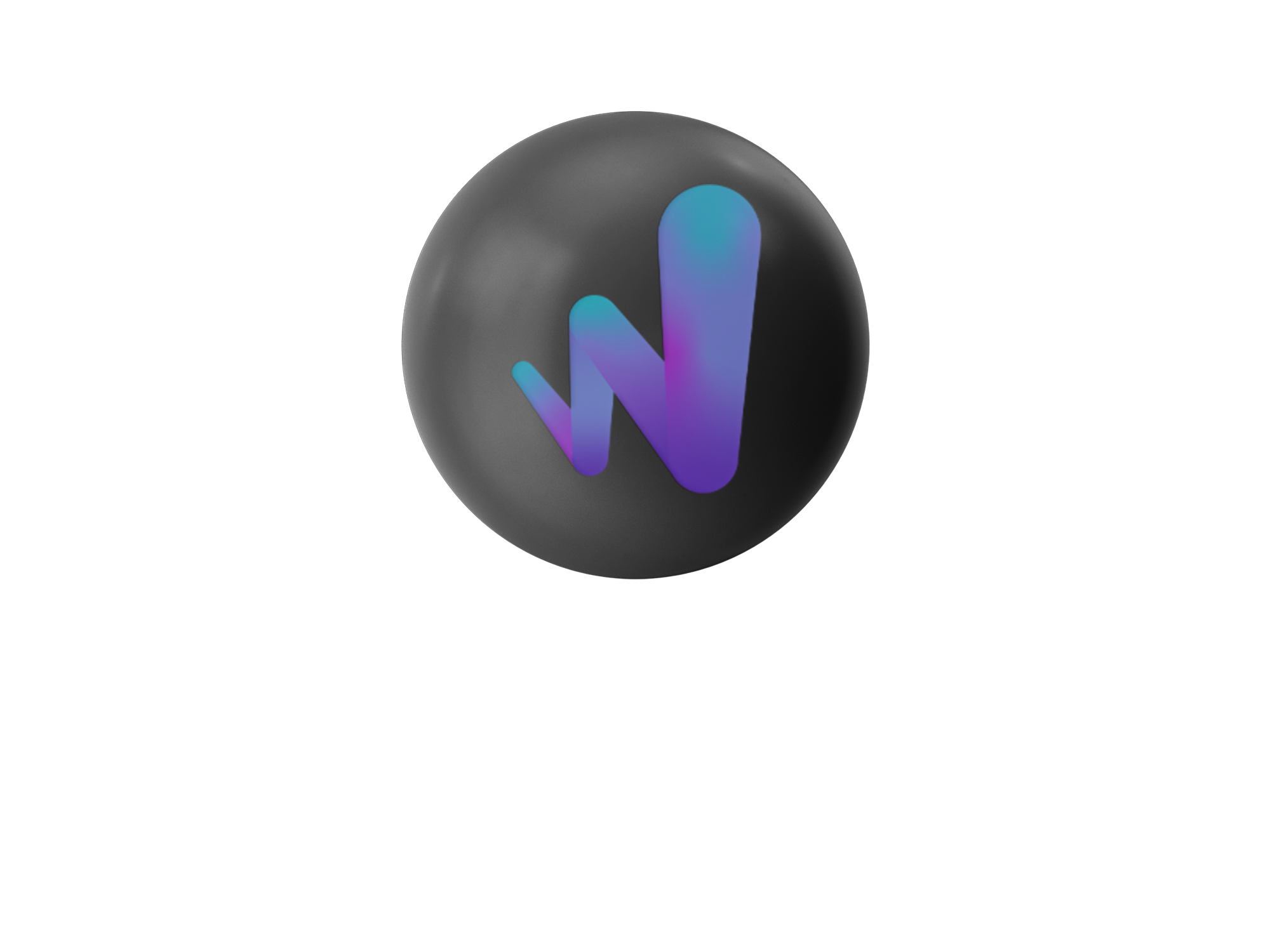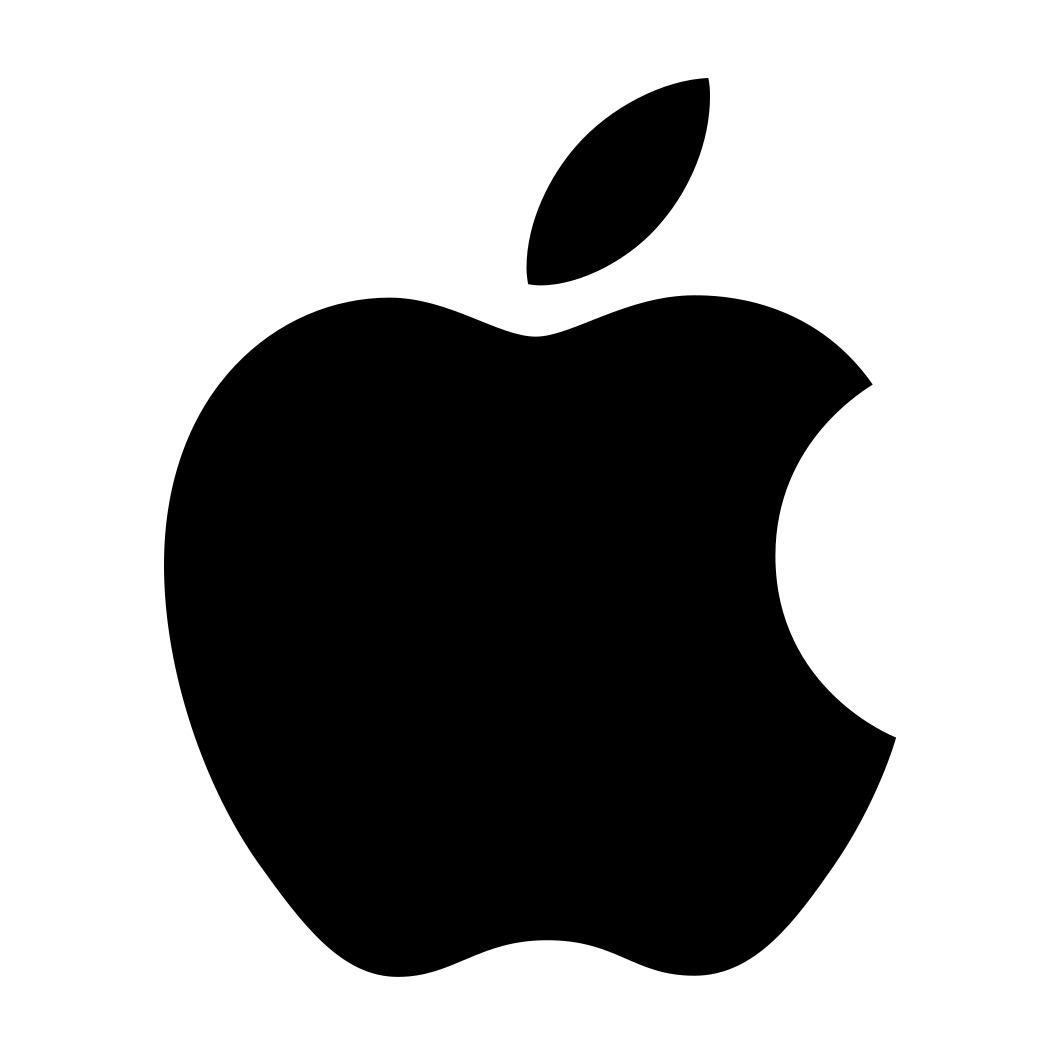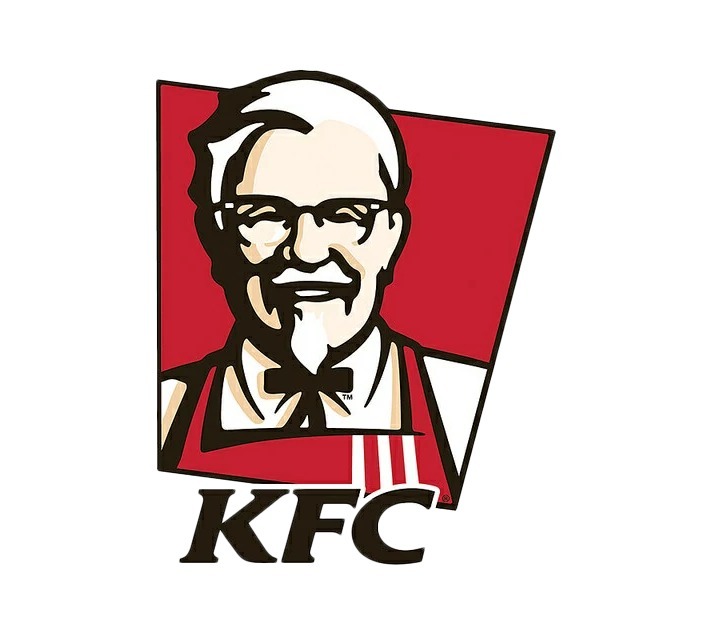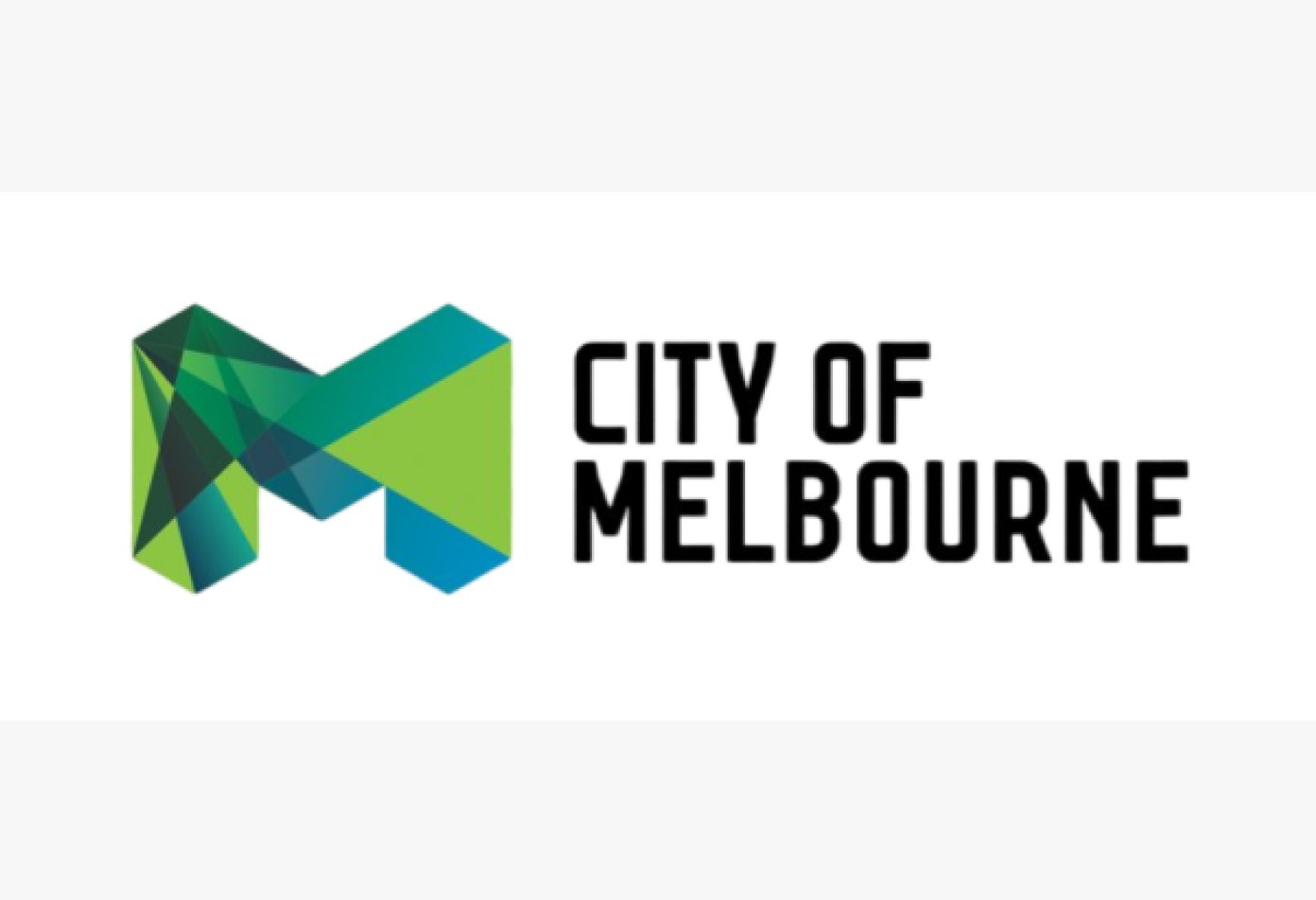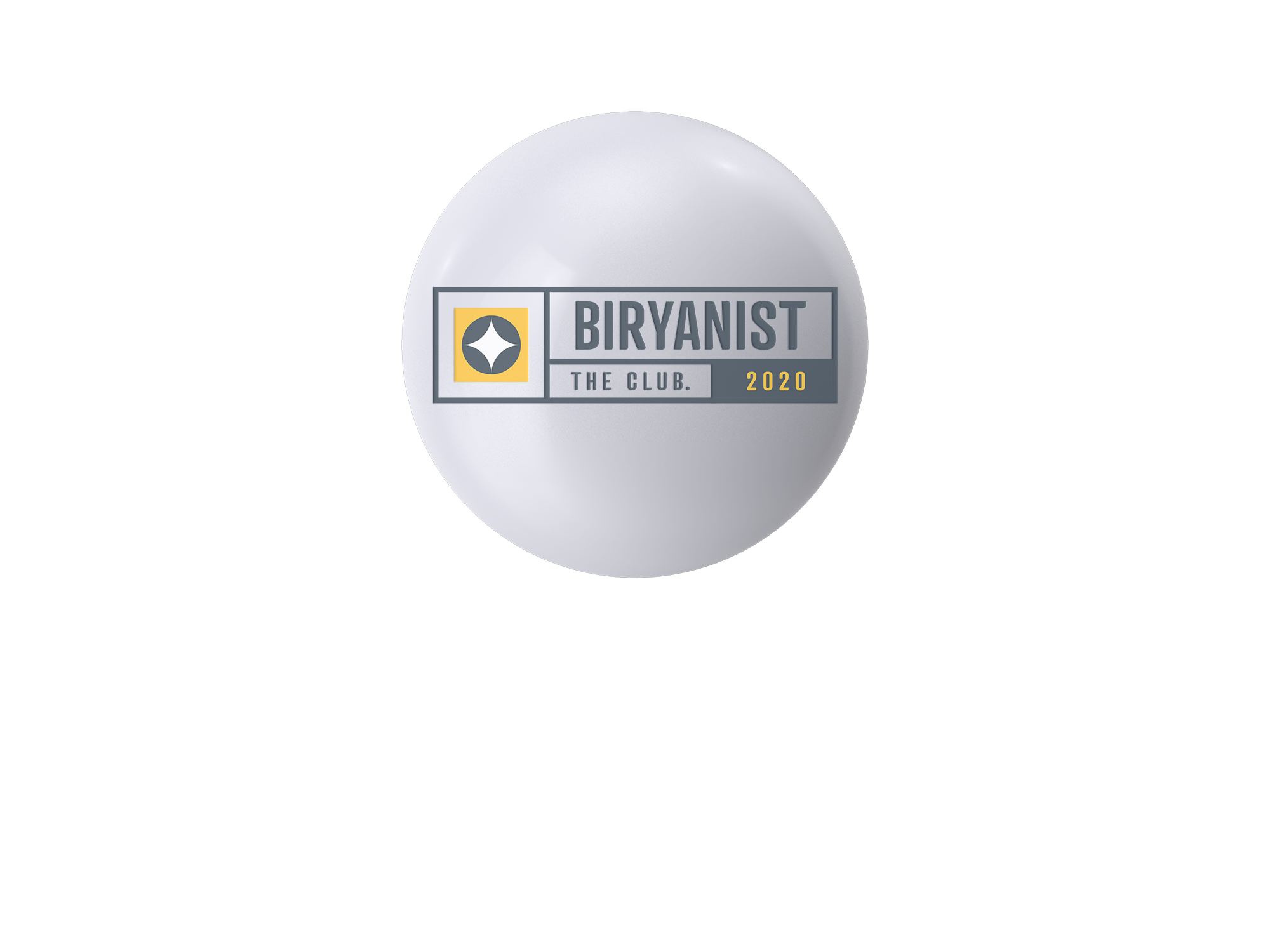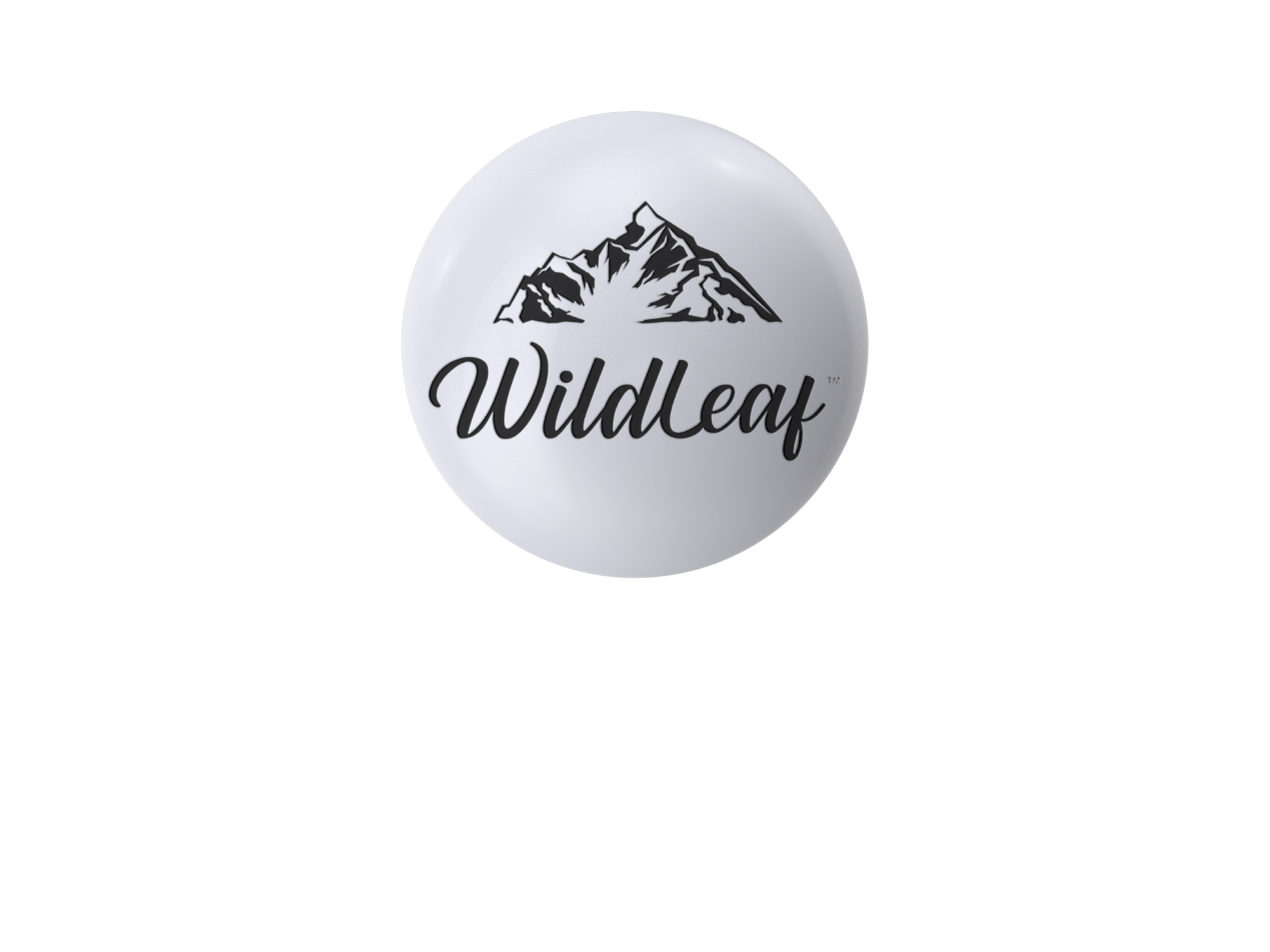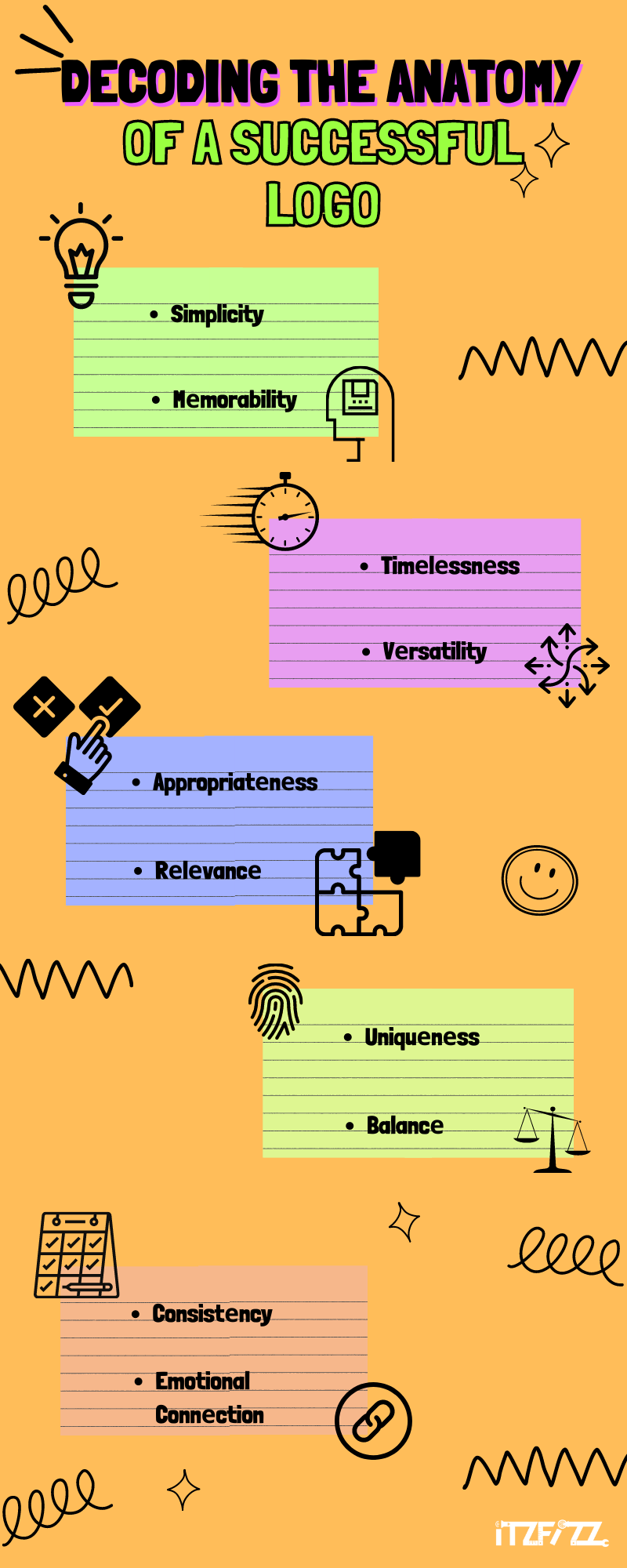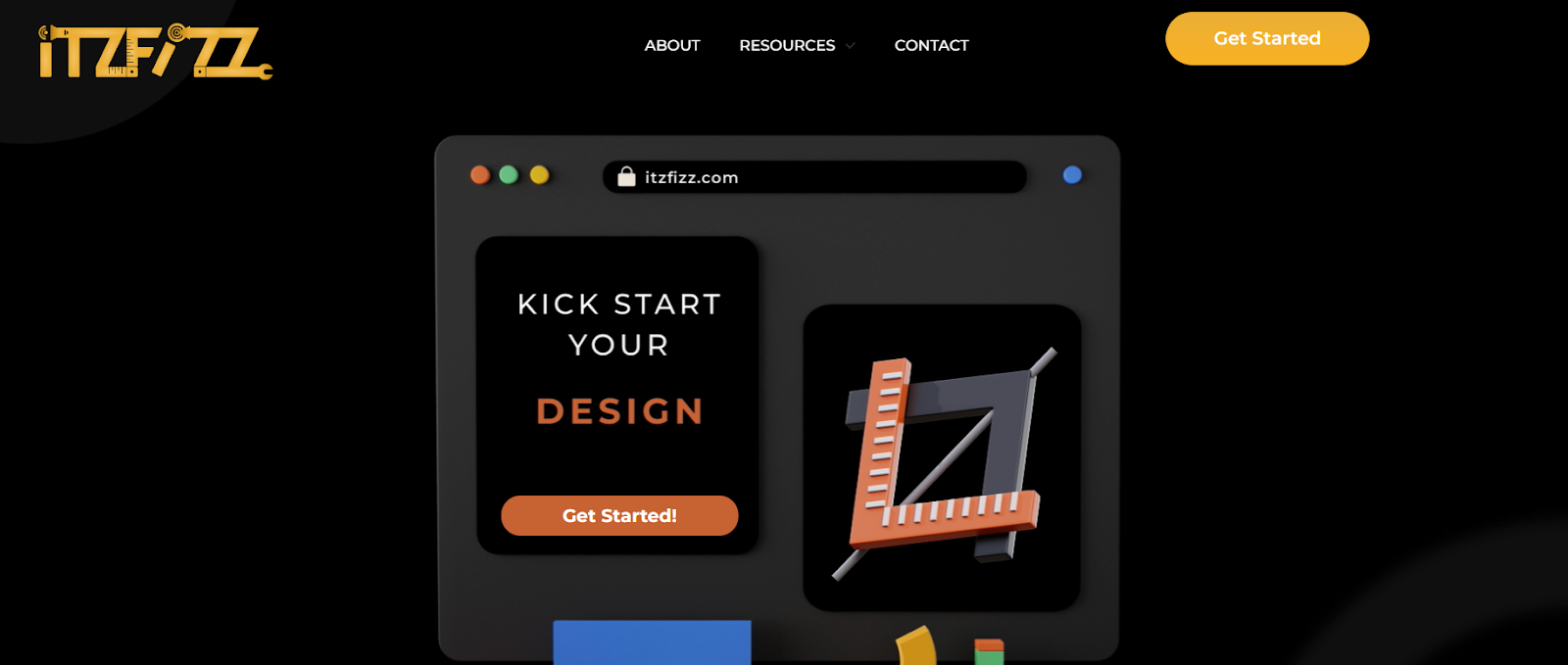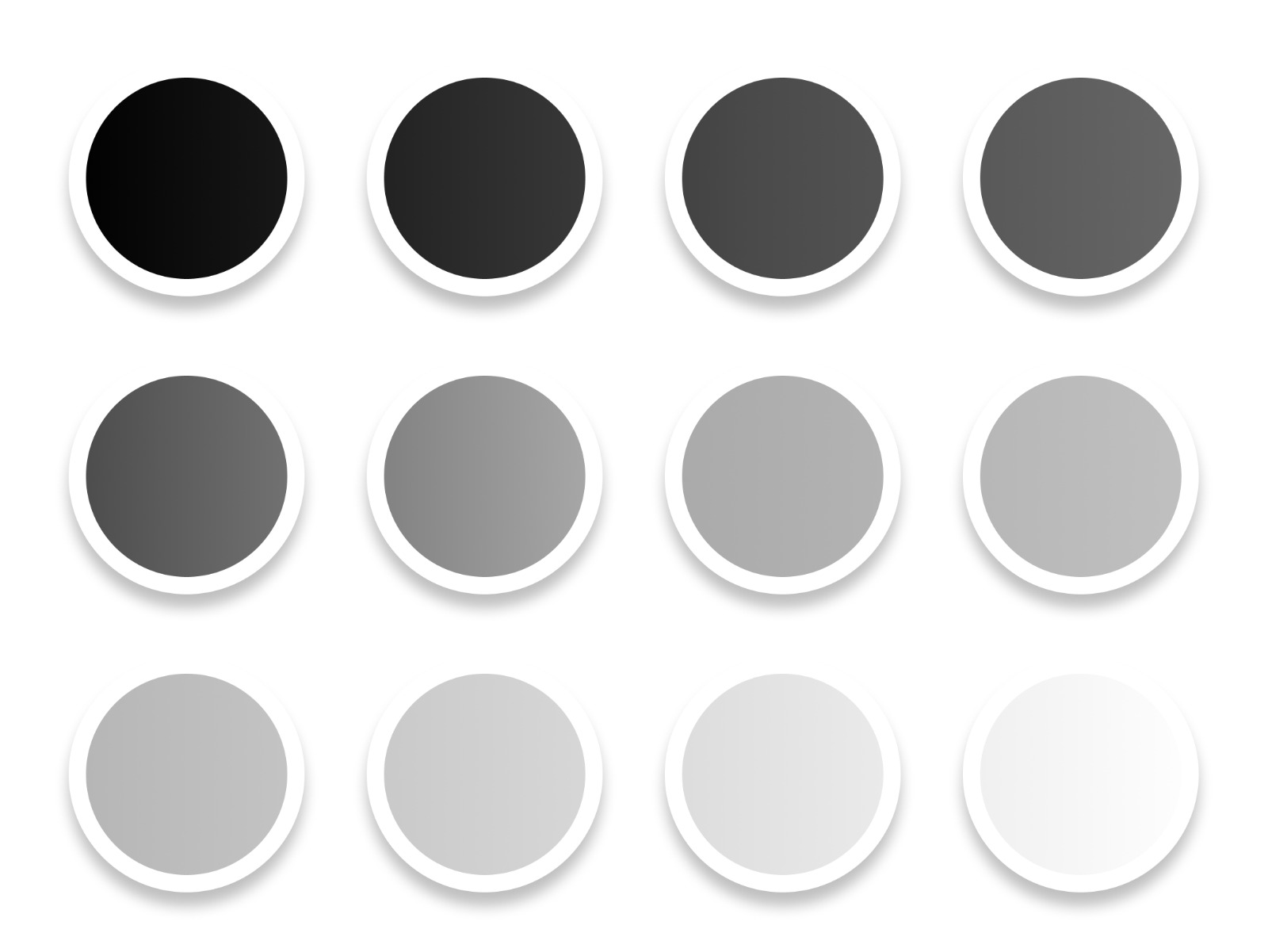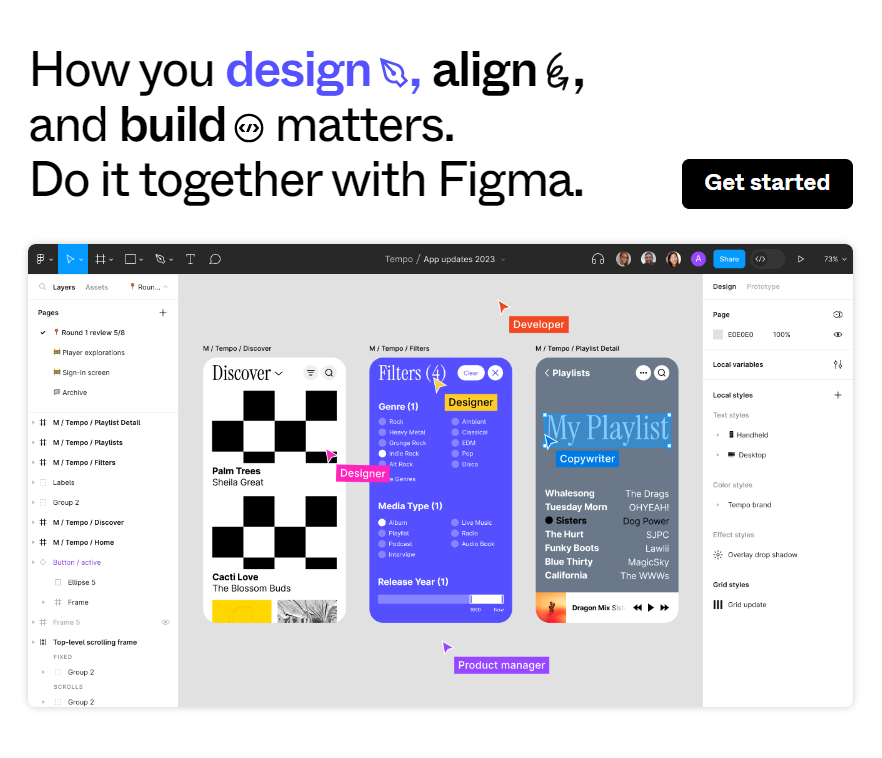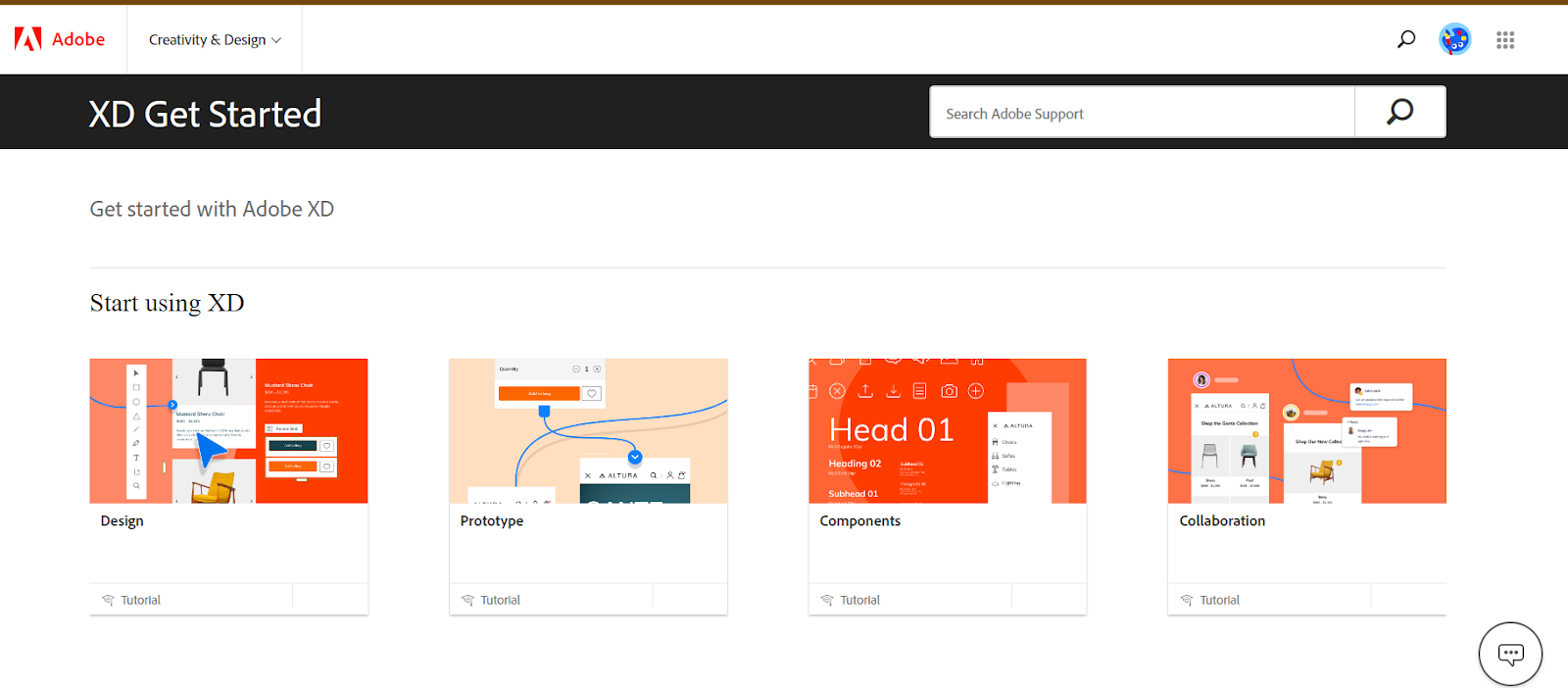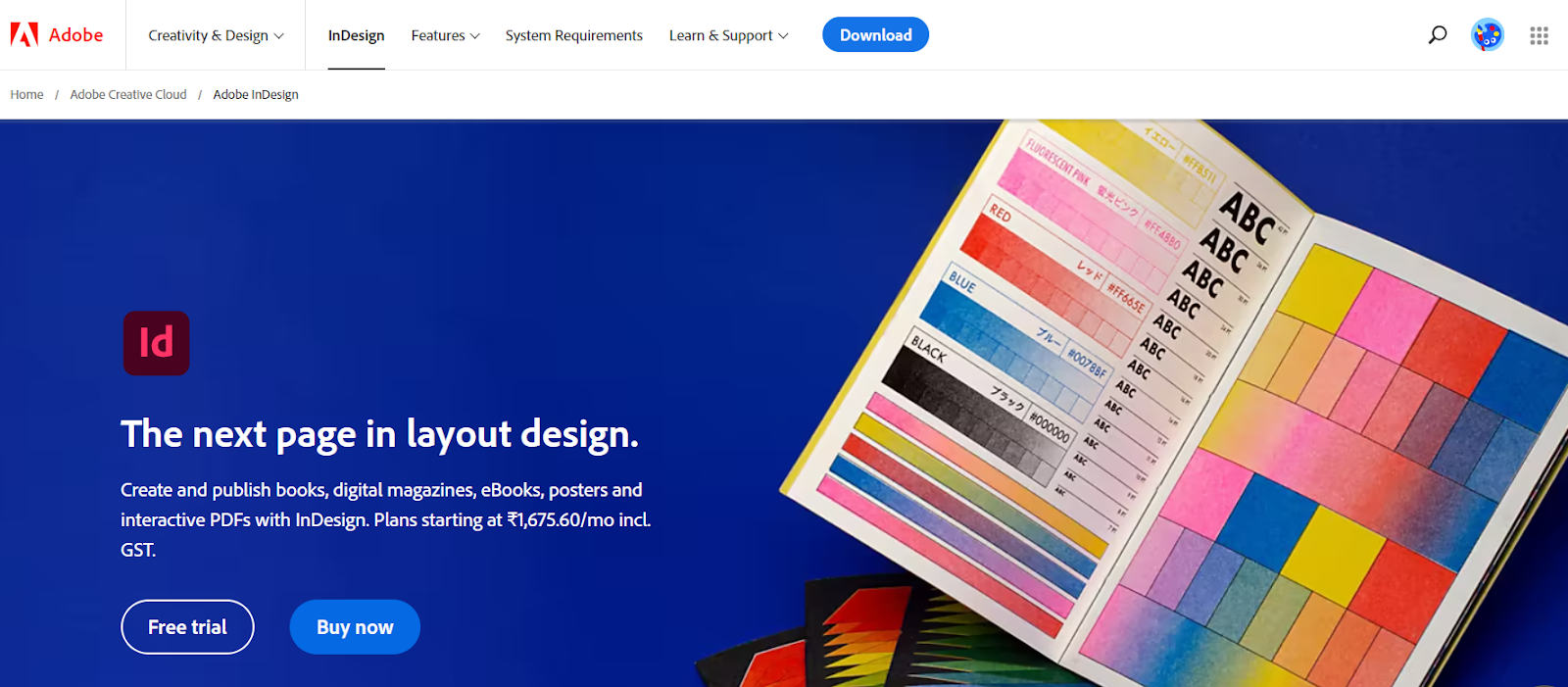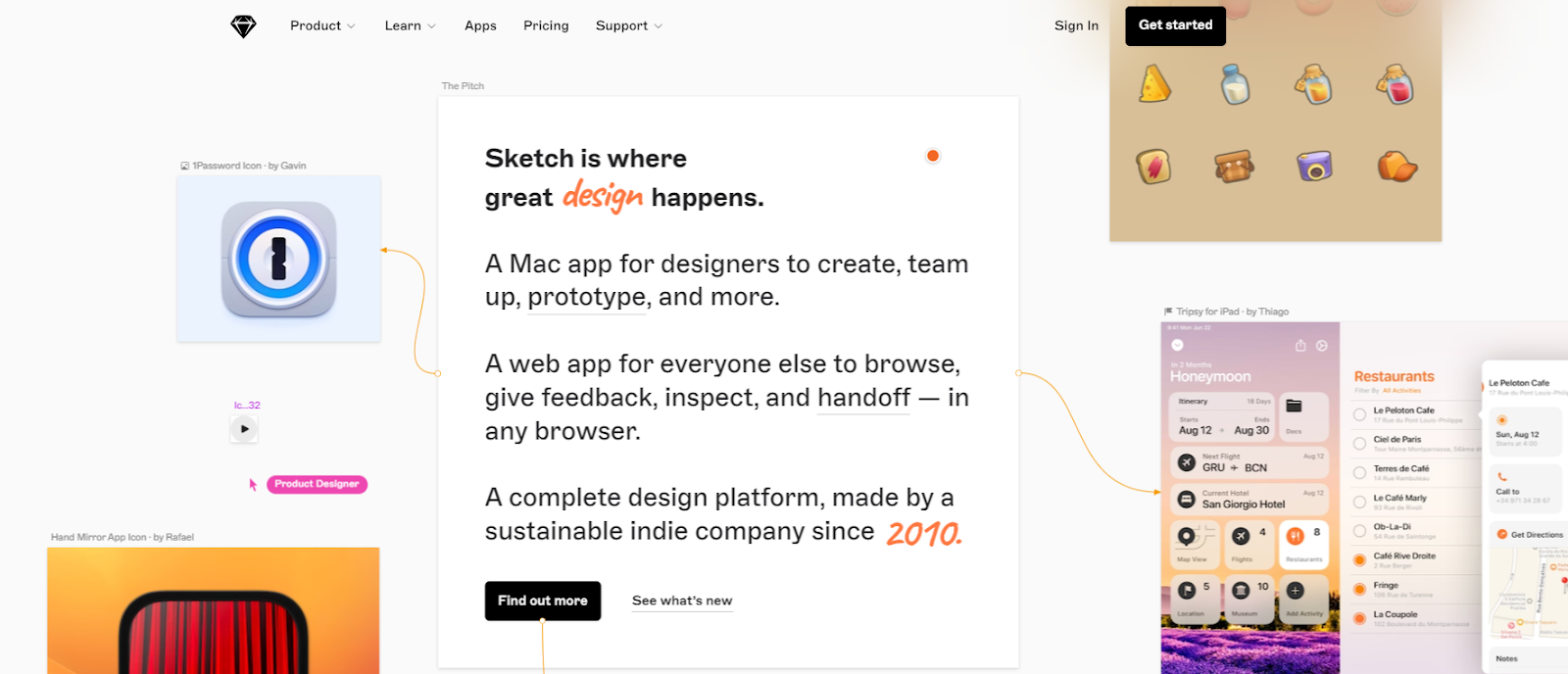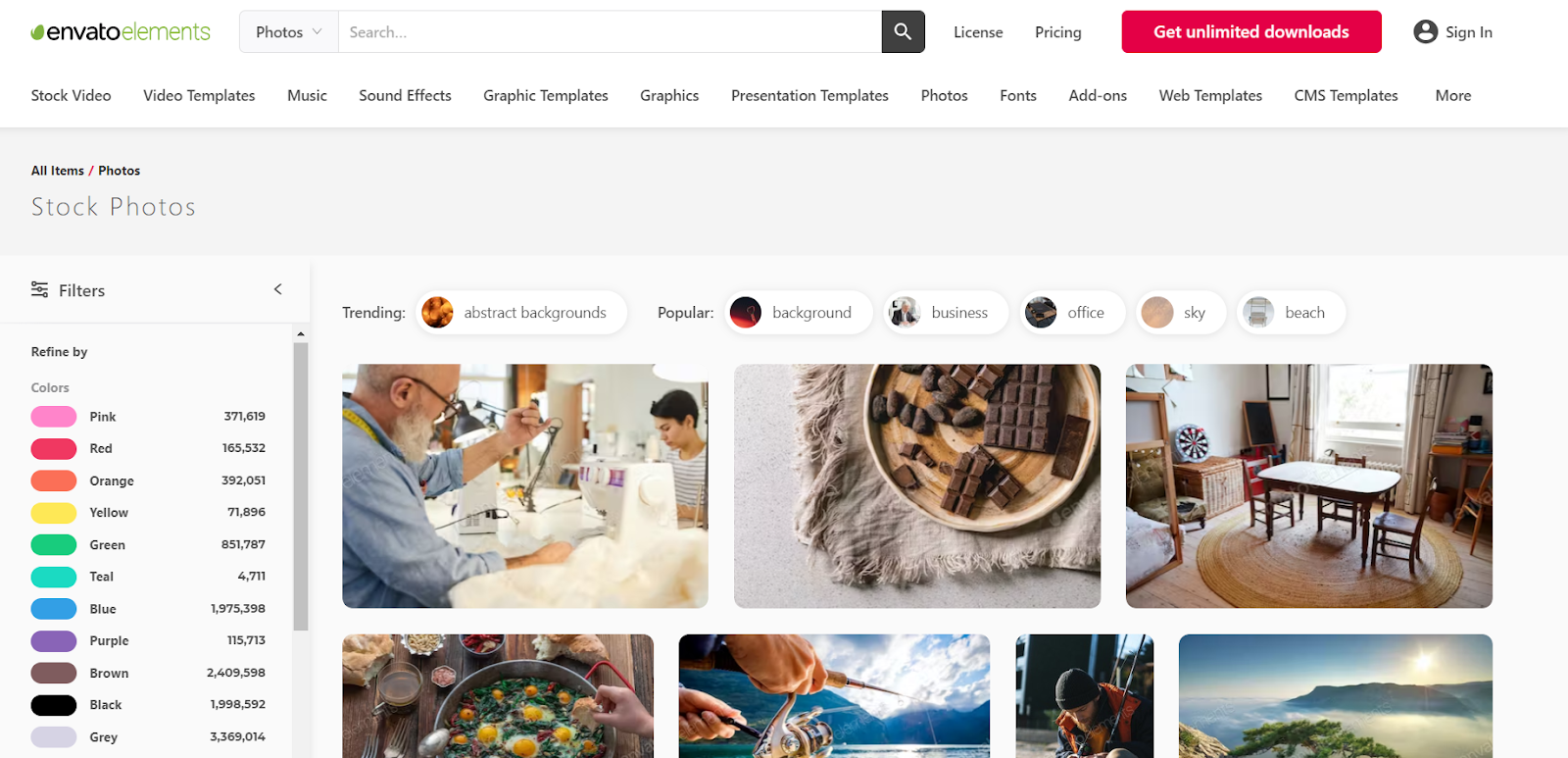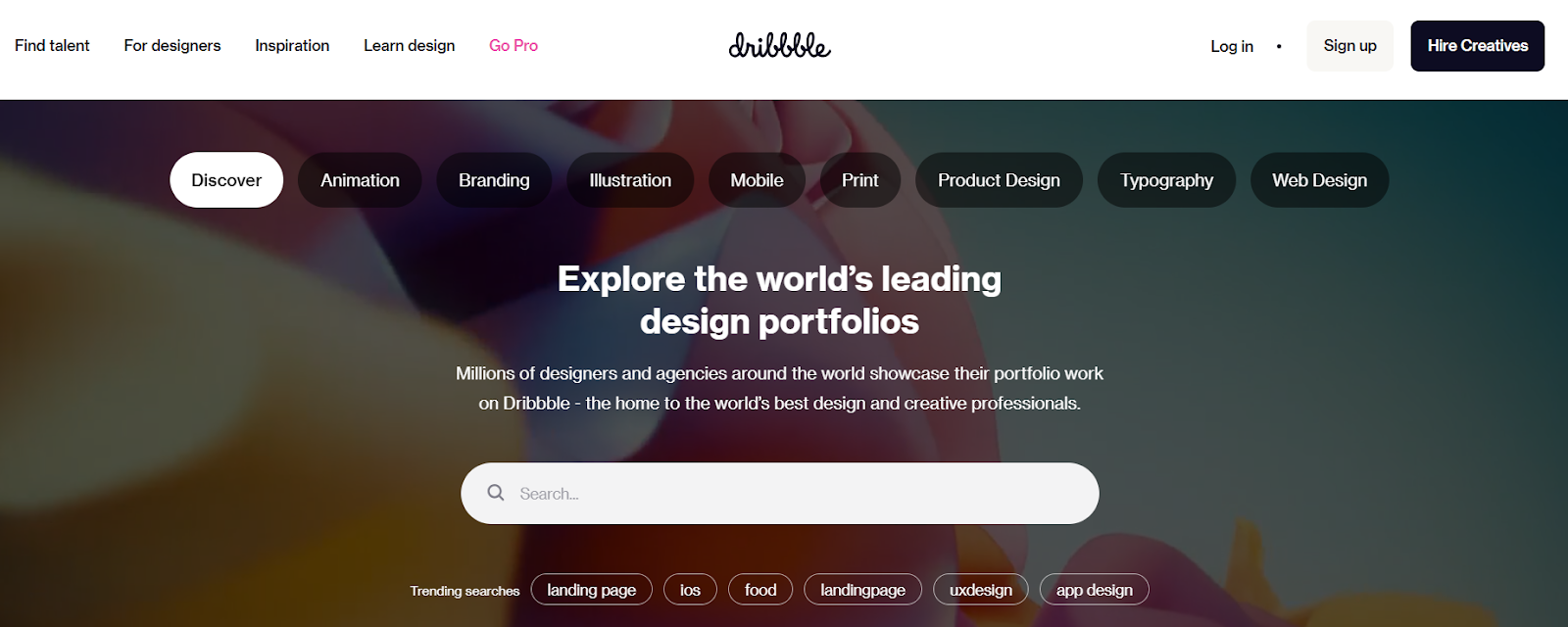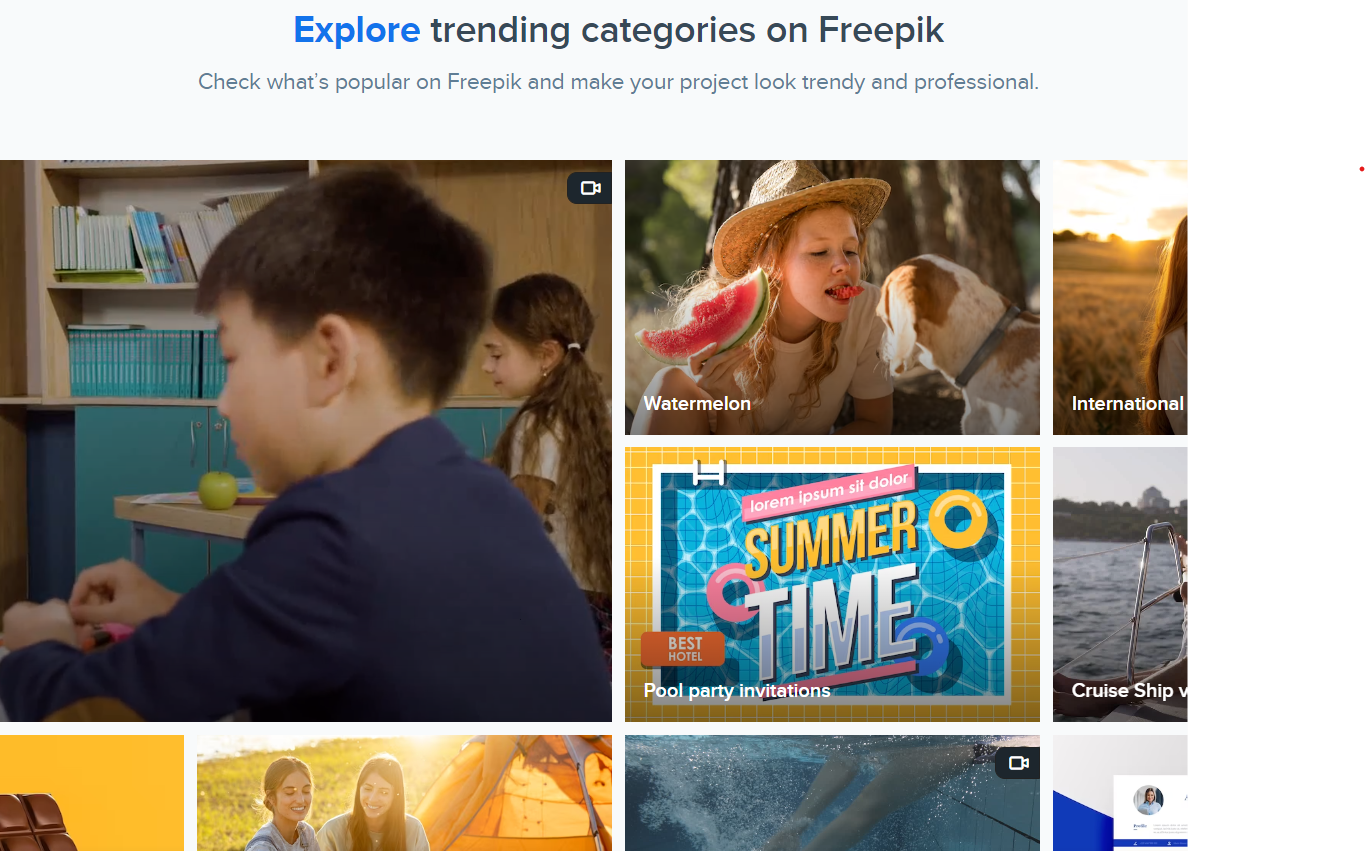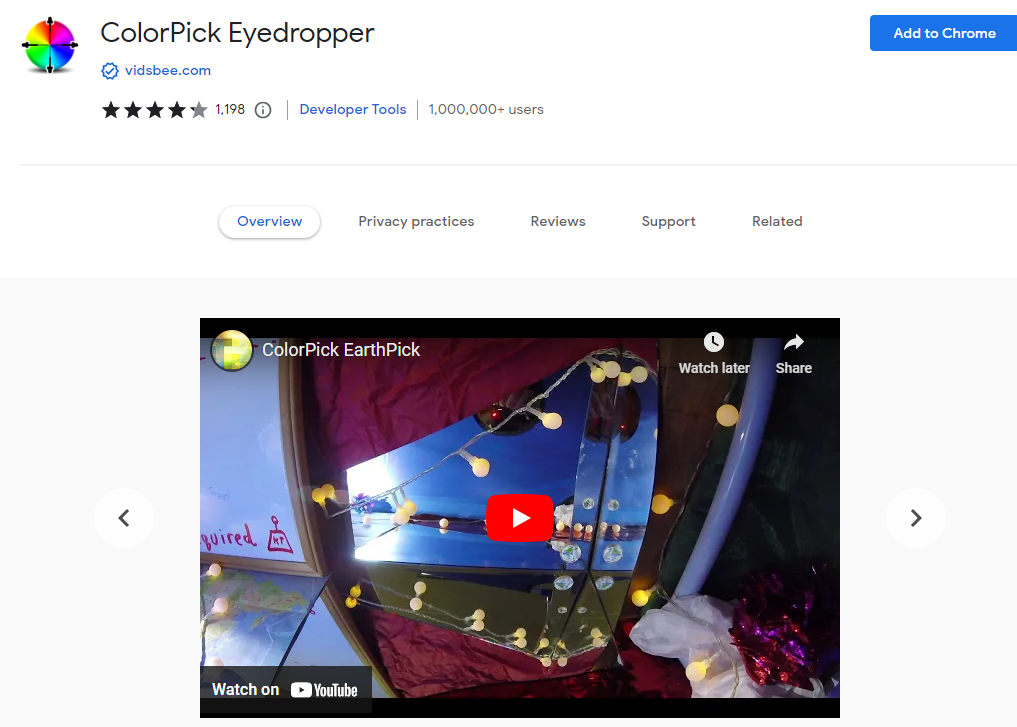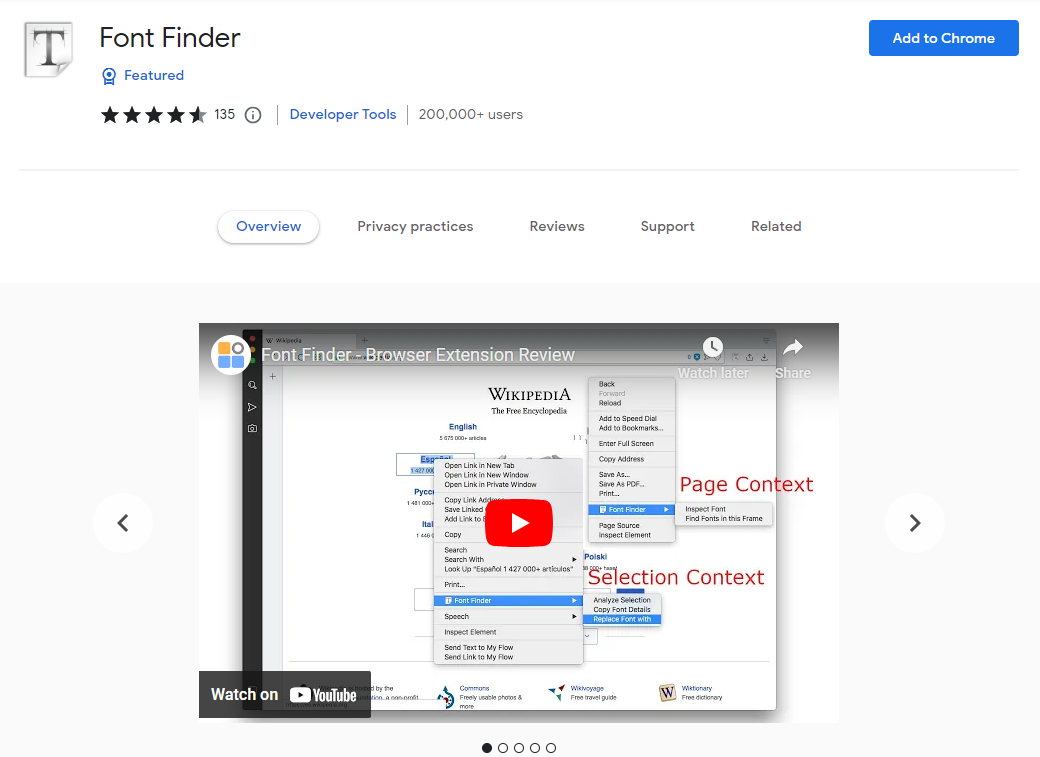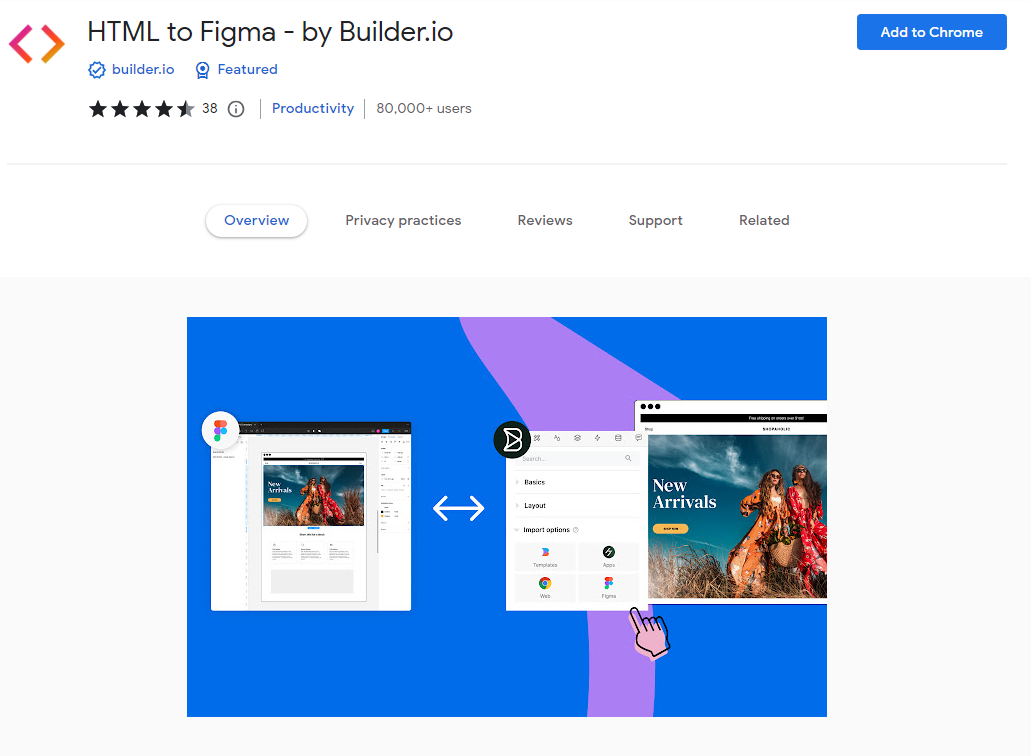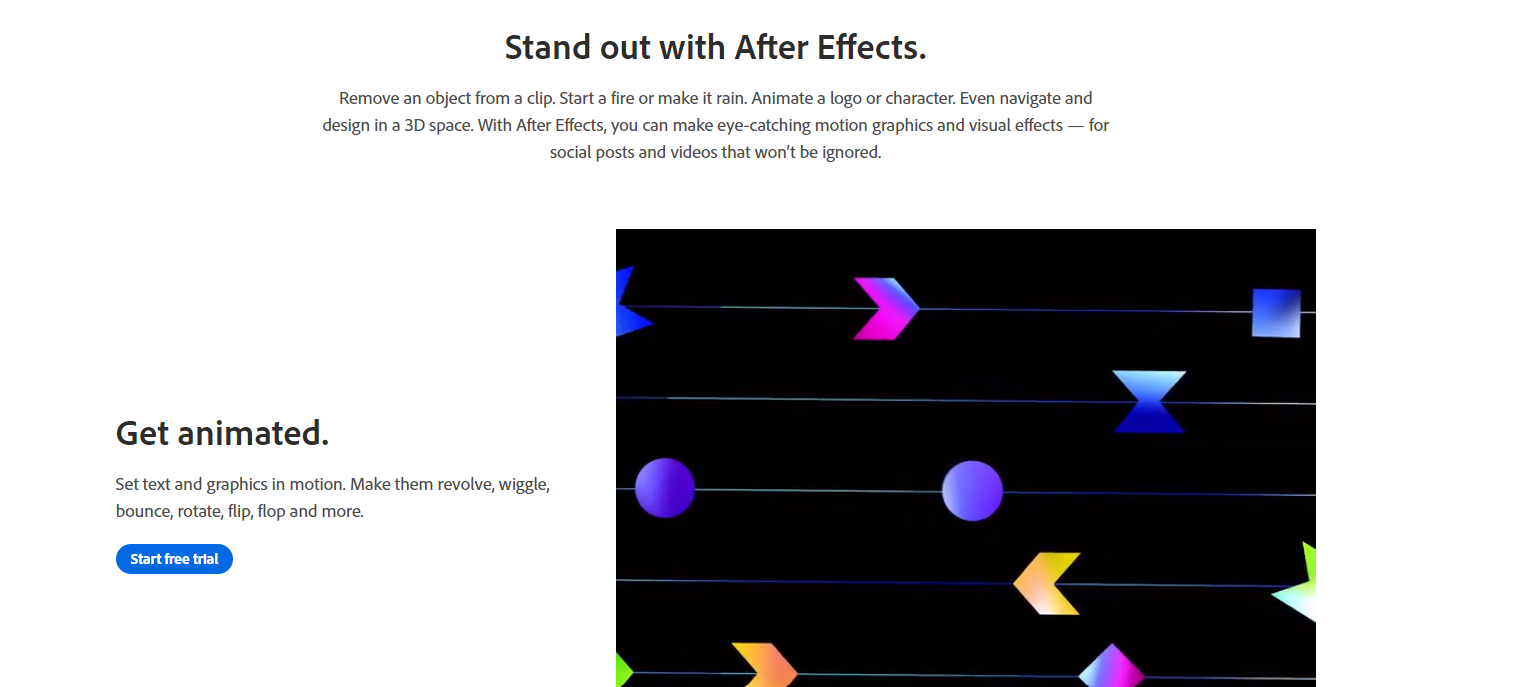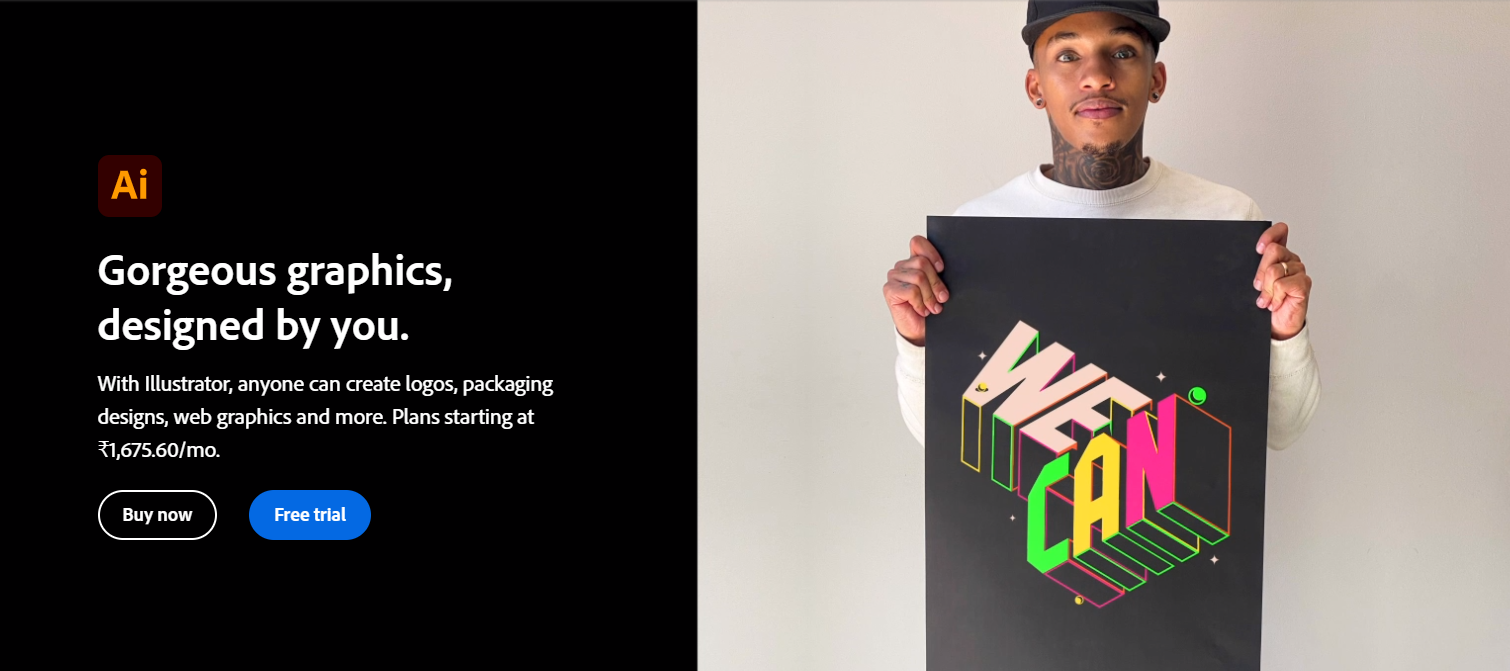Introduction
With services ranging from web development to graphic design, design agencies play a significant role in forming Pune’s creative scene. To deliver effective solutions that satisfy the needs of their clients, these organisations hire qualified professionals. Technology and a vibrant spirit of entrepreneurship have allowed Pune’s design industry to grow significantly.
This blog examines the top 10 design agencies in Pune, highlighting their qualifications and contributions to the region’s business community. Our goal is to present a thorough understanding of Pune’s design scene and the role these agencies play in fostering both commercial success and creative excellence through analysis and commentary. Join us on this journey!
An Overview of the Design Industry in Pune
Today, Pune’s design market is thriving, boasting a dynamic landscape of agencies, studios, and freelancers catering to various sectors. Its strategic location, skilled workforce, and entrepreneurial environment have made it a preferred destination for design services. The market encompasses specialities like graphic design, web design, branding, and UX/UI design, propelled by digital technologies and internet proliferation.
Pune’s status as a design hub stems from multiple factors. Its vibrant startup ecosystem encourages creativity, while proximity to cities like Mumbai facilitates collaboration and resource access. Diverse industrial sectors, including real estate, automotive, and IT, drive demand for top-tier design services, fostering innovation. Additionally, multinational corporations’ presence offers collaboration opportunities and exposure to global standards.
Furthermore, government and industry initiatives supporting design education and entrepreneurship contribute to Pune’s conducive environment for design innovation. The city’s strong industrial base and demand for high-quality design services further fuel the growth of its design industry, solidifying Pune’s position as a centre for design excellence.
Top 10 Design Agencies in Pune
We will introduce you to the top design agencies in Pune, showcasing their expertise, services, and contributions to the local creative landscape. These agencies have earned acclaim for their innovative approaches, stellar portfolios, and commitment to delivering exceptional design solutions.
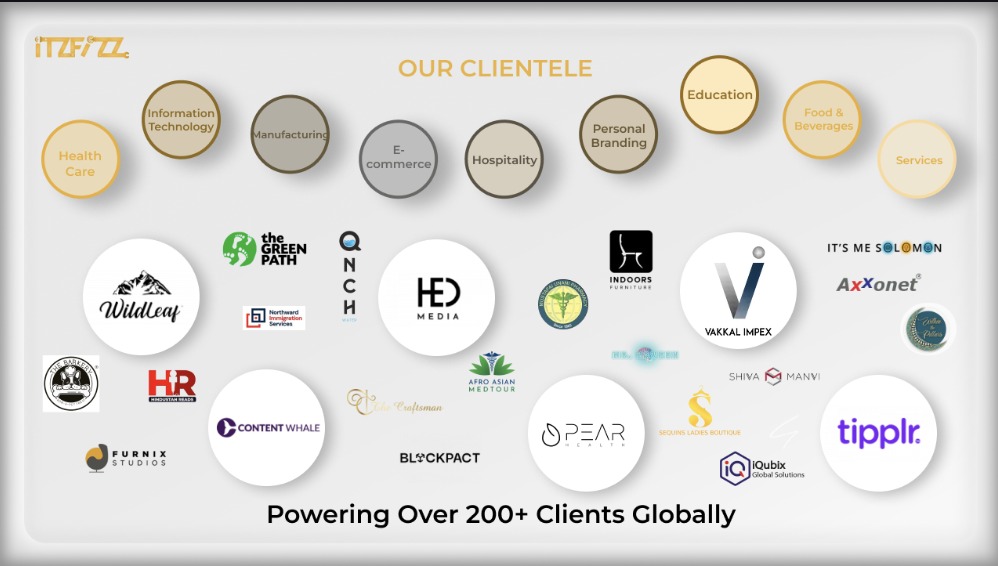
1. Itzfizz
About:
Itzfizz is a dynamic design agency known for its cutting-edge solutions in graphic design, web development, and digital marketing. With a skilled team of designers and marketers, they excel at helping businesses achieve their marketing goals through creative campaigns and strategies.
Services offered:
- Graphic Design Solutions
- 3-D Designs
- Packaging Design
- Custom Software Development Services
- Social Media Marketing
Website: www.itzfizz.com

2. G.O.A.T. Ideas
About:
G.O.A.T. Ideas is a creative powerhouse that offers a wide range of design services, including branding, logo design, and creative strategy. As a leading design firm, they specialise in crafting memorable brand experiences that resonate with audiences, both locally and internationally.
Services offered:
- Social Media Marketing
- Digital Marketing Solutions
- Graphic Design
- Email Marketing
- Brochure Design
Website:https://goat-ideas.com/
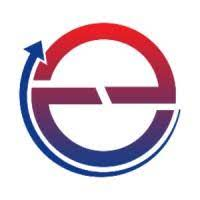
3. EncureIT Systems Pvt. Ltd.
About:
EncureIT Systems Pvt. Ltd. is a leading design and technology company that specialises in web design, mobile app development, and digital marketing. With a dedicated team of designers and developers, they help businesses achieve their marketing goals through innovative digital solutions.
Services offered:
- Graphic Design
- Social Media Management
- Mobile App Development Services
- Digital Marketing Solutions
- Google Analytics
Website: https://www.encureit.com/

4. Zazzy
About:
Zazzy is a boutique design studio known for its bold and creative approach to design. As a full-service design firm, they offer comprehensive solutions in branding, packaging design, and advertising, helping businesses stand out in competitive markets.
Services offered:
- Graphic Design
- Brochure Design
- Branding and Identity
- UX/UI Design
- Logo Design
Website: www.zazzy.studio

5. Haraay Design Studio
About:
Haraay Design Studio is a multidisciplinary design agency that offers a wide range of services, including graphic design, UX/UI design, and brand consulting. With an amazing team of creatives, they bring ideas to life through thoughtful design solutions that drive results.
Services offered:
- Search Engine Marketing
- Keyword sSrategy,
- Packaging Design
- Logo Design
- Brand Strategy
Website: https://haraaydesignstudio.com/
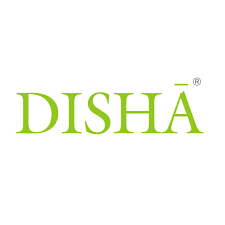
6. Disha Communications Pvt. Ltd.
About:
Disha Communications Pvt. Ltd. is a full-service design agency that offers comprehensive solutions in branding, advertising, and digital marketing campaigns With a focus on delivering marketing campaigns that resonate with audiences, they help businesses achieve their marketing goals effectively.
Services offered:
- Graphic Design
- Corporate Branding
- Affiliate and Influencer Marketing
- Creative Design
- Marketing with SEO
Website: www.dishacommunications.com

7. Keon Designs
About:
Keon Designs is a forward-thinking design agency specialising in web design, motion graphics, and interactive media. With an international team of designers and developers, they deliver visually stunning experiences that elevate brands and engage audiences worldwide.
Services offered:
- Banner Design
- Web Design and Maintenance
- E-Commerce Development
- Content Writing and Marketing
- Event Marketing
Website: https://keondesigns.com/

8. Dwij IT Solutions
About:
Dwij IT Solutions is a reputed design and development company offering a wide range of services, including website design, e-commerce development, and mobile app design. With a dedicated team of designers and developers, they help businesses achieve their marketing goals through innovative digital solutions.
Services offered:
- Search Engine Ranking
- Digital Marketing Services
- Graphic Design
- Technical SEO
- Social Advertising
Website:https://dwijitsolutions.com/

9. Toogit Freelance Marketplace
About:
The Toogit Freelance Marketplace connects businesses with freelance designers and developers from around the world. With a vast talent pool and flexible hiring options, they provide businesses access to top-notch design services on demand.
Services offered:
- Online Marketing
- Mobile App Development
- Branding Services
- Content Creation
- Local SEO
Website: https://www.toogit.com/

10. Revex Media
About:
Leading design firm Revex Media specialises in producing eye-catching visual experiences for companies. They provide engaging graphics, digital design, and branding strategies with an emphasis on creative design solutions to help companies stand out in the cutthroat market of today.
Services offered:
- Graphic Design Solutions
- Email Marketing
- Packaging Design
- Custom Software Development Services
- Social Media Marketing
Website:https://revexmedia.com/
Factors to Consider When Choosing a Design Agency
Selecting the ideal design agency is a pivotal decision for businesses, influencing brand success and growth. Here, we delve into essential factors to contemplate when opting for a design agency in Pune.
1. Key Considerations for Businesses
- Expertise and Experience: Evaluate how experienced and knowledgeable the design agency is in your industry. Prioritise agencies with extensive experience delivering high-quality design solutions tailored to businesses’ unique needs.
- Portfolio and Case Studies: Scrutinise the agency’s portfolio and case studies to gauge the breadth and depth of their work. Evaluate the diversity of projects and their success in delivering compelling solutions aligned with clients’ core values.
- Client Reviews and Testimonials: Delve into client reviews and testimonials to ascertain the agency’s reputation and client satisfaction levels. Positive feedback underscores the agency’s commitment to exceeding expectations and delivering exceptional results.
- Communication and Collaboration: Effective communication is paramount in agency partnerships. Choose an agency that fosters transparent communication and collaboration, ensuring alignment with your business goals and vision.
- Budget and Pricing: Determine your budget and explore pricing structures offered by potential agencies. While affordability is essential, prioritise value and quality. Seek out agencies that offer competitive prices without compromising on excellence.
2. Tips for Making Informed Decisions
- Conduct research: Thoroughly research potential design agencies, exploring their websites, client reviews, and industry reputation. Gather insights into their expertise, clientele, and alignment with your business values.
- Request Proposals: Solicit proposals from shortlisted agencies, detailing their approach, timelines, and pricing. Compare proposals to identify agencies that offer comprehensive solutions tailored to your needs and budget.
- Schedule Consultations: Schedule consultations with prospective agencies to discuss your project requirements and gauge their professionalism and creativity. Seek out agencies that understand your business goals and propose innovative solutions to achieve them.
- Seek Referrals: Leverage referrals from trusted sources, such as colleagues and industry contacts, to identify reputable design agencies. Personal recommendations provide valuable insights and simplify the decision-making process.
Choosing the right design agency necessitates thorough consideration and research. By focusing on these key factors and adhering to these tips, businesses can select a design agency in Pune that aligns with their objectives and delivers impactful branding solutions tailored to their needs.
Conclusion
In this exploration of design agencies in Pune, we’ve uncovered their pivotal role in shaping the city’s creative landscape and driving business innovation. From strategic branding to innovative design solutions, design agencies in Pune play a crucial role in helping businesses achieve their marketing goals and stand out in competitive markets.
As Pune continues to evolve as a hub for design excellence, businesses are encouraged to collaborate with design agencies to unlock new avenues for growth and success. Together, businesses and design agencies can create compelling brand experiences that resonate with audiences and propel Pune’s business ecosystem forward.


